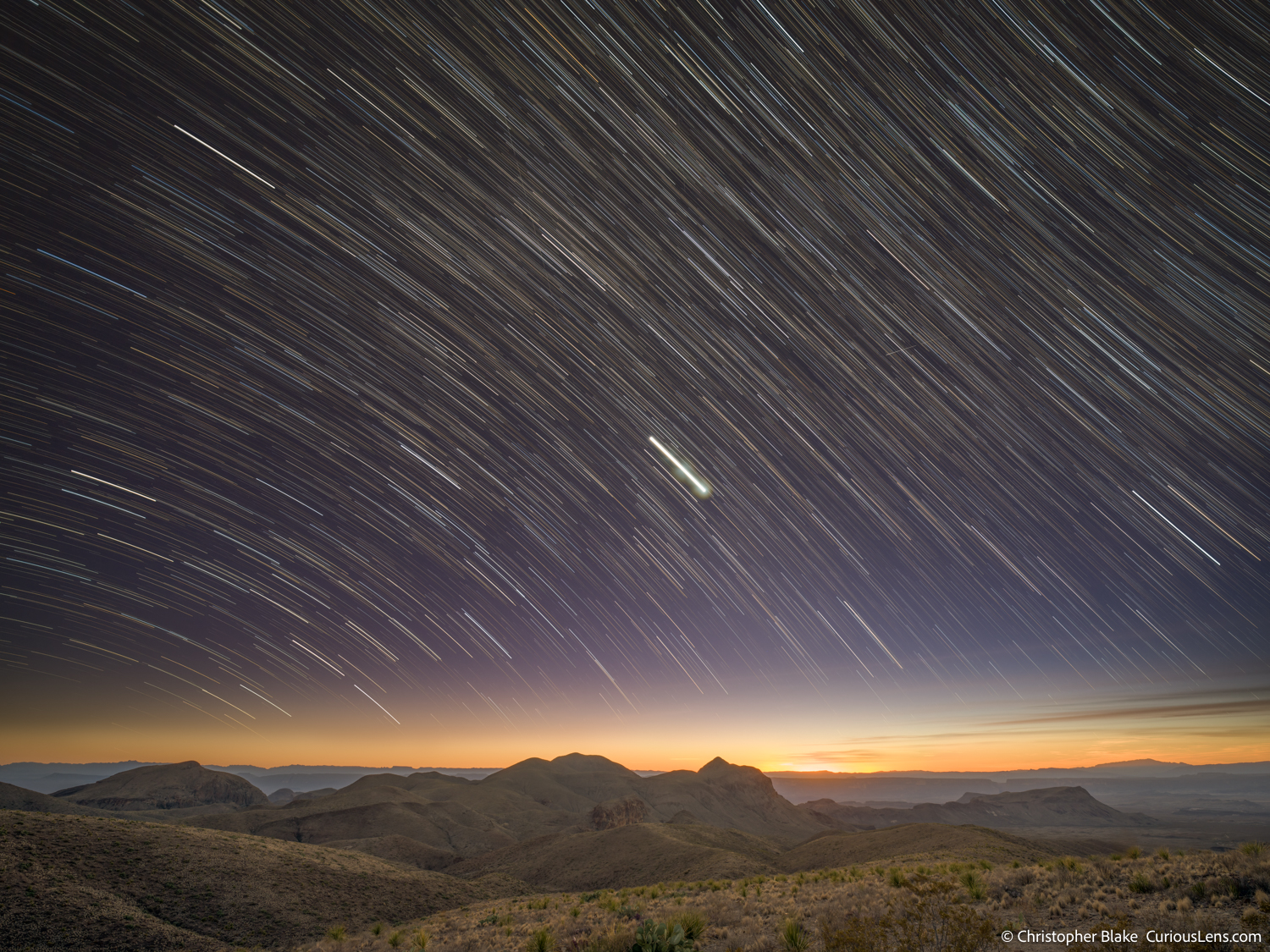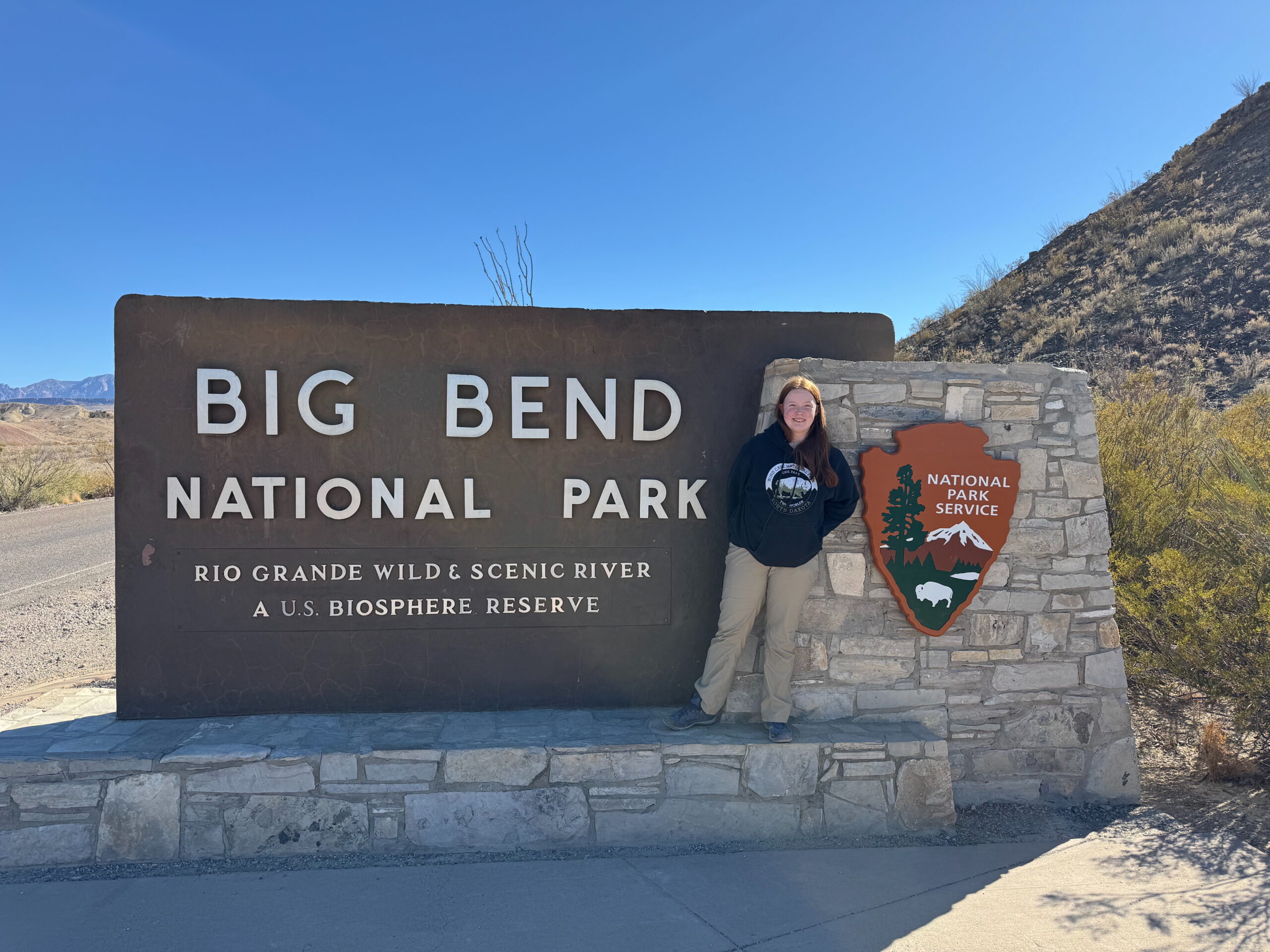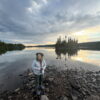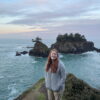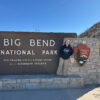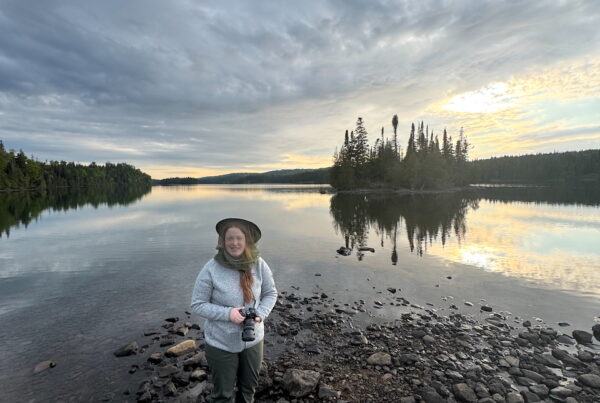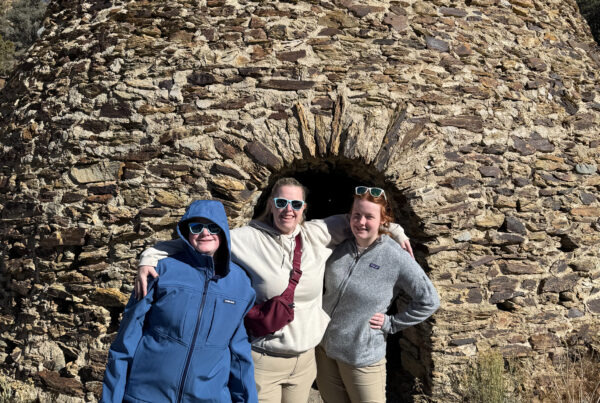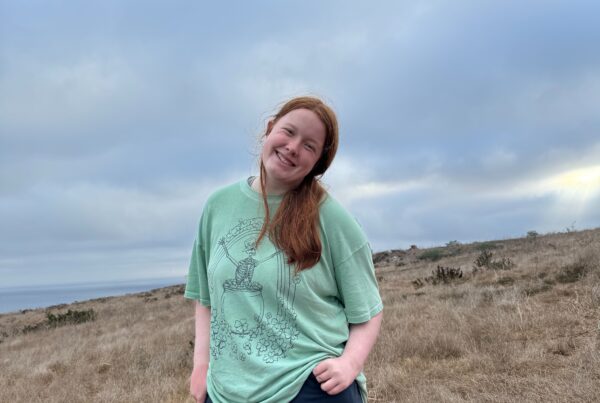Our 55th National Park!
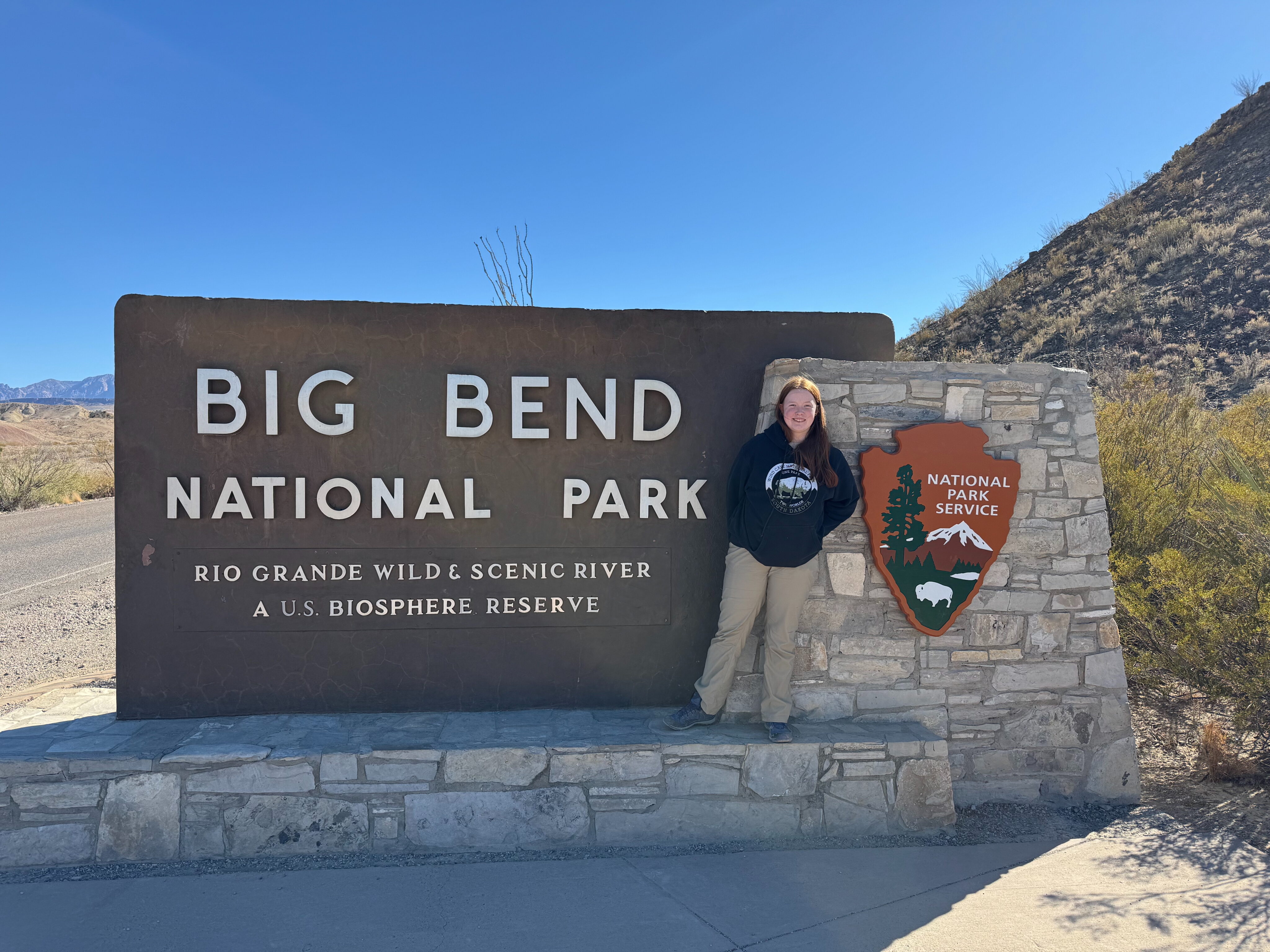
In December, right after Christmas, Cami and I finally made it to Big Bend National Park in Texas—a trip we had originally planned for the previous year but had to postpone due to a family illness. This visit felt like a long-overdue adventure, as Big Bend has been high on our list for years. It’s also one of the last few national parks we have left to explore in the lower 48 states.
We thought visiting in the winter would be ideal to avoid the park’s notorious summer heat, but we quickly learned that the week between Christmas and New Year’s is actually one of the busiest times of the year at Big Bend. Despite its remote location, the park was teeming with visitors. Given its sheer size—801,163 acres of protected land—it was remarkable to see so many people scattered across its vast and rugged landscape.
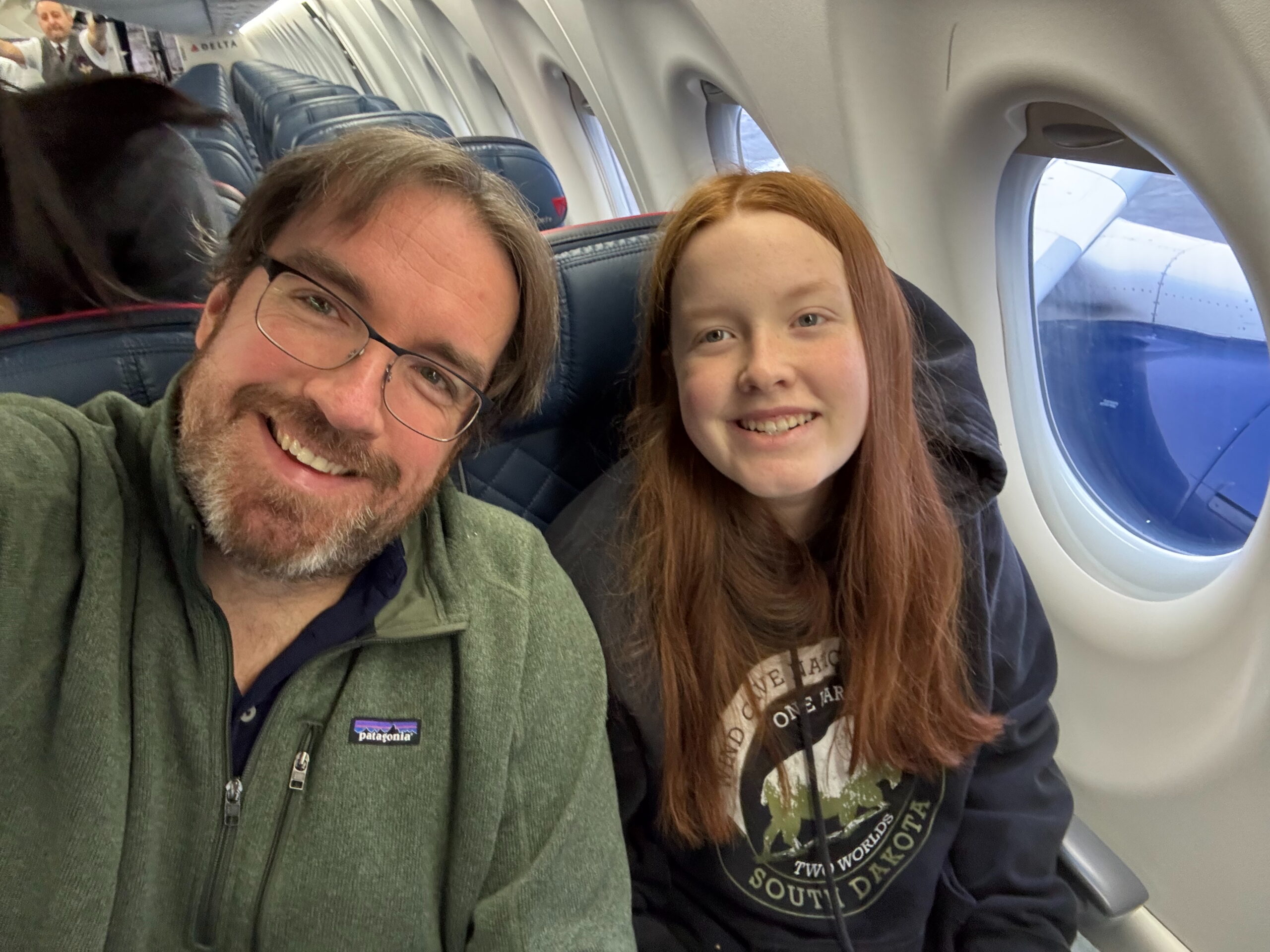
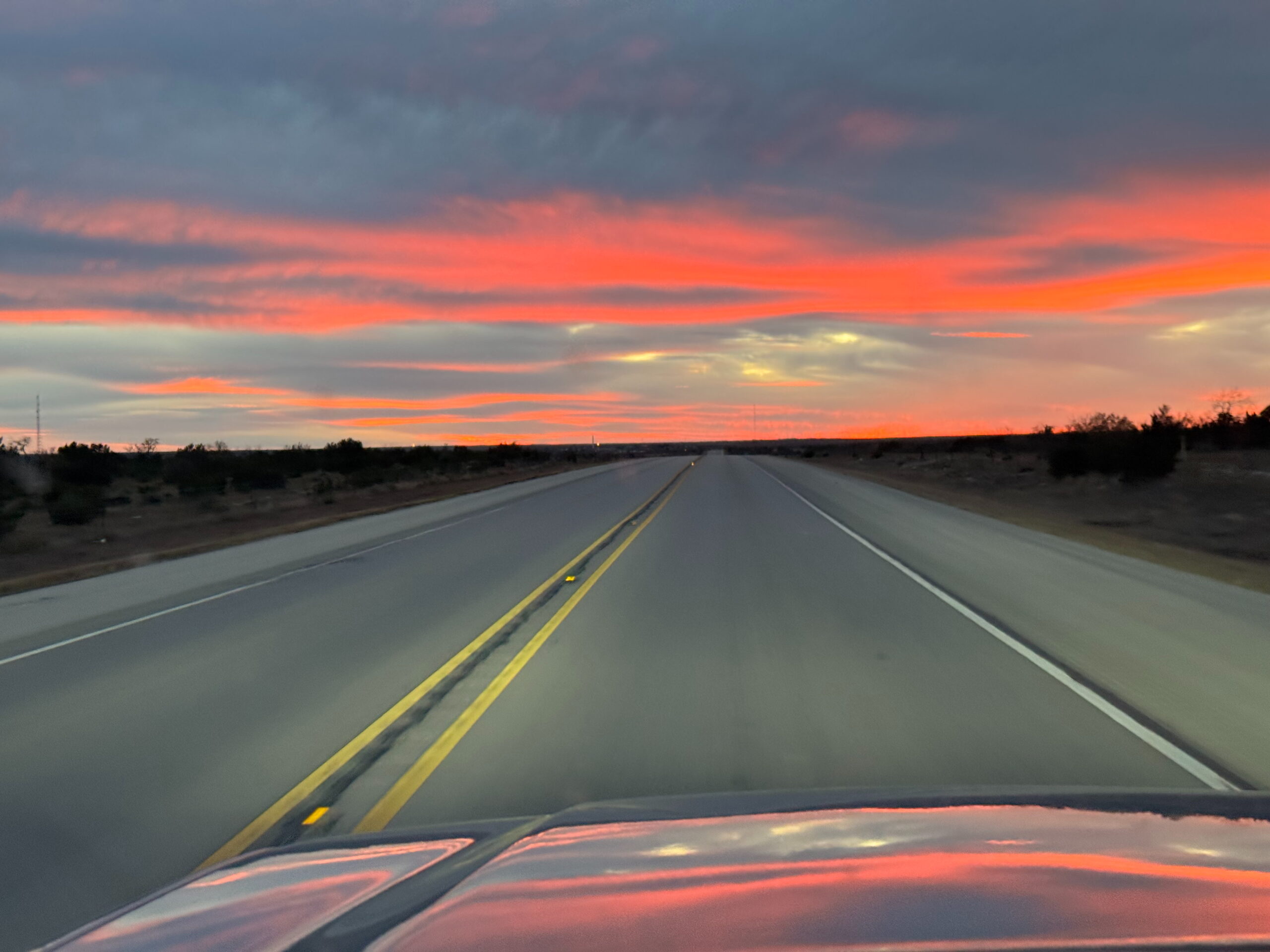
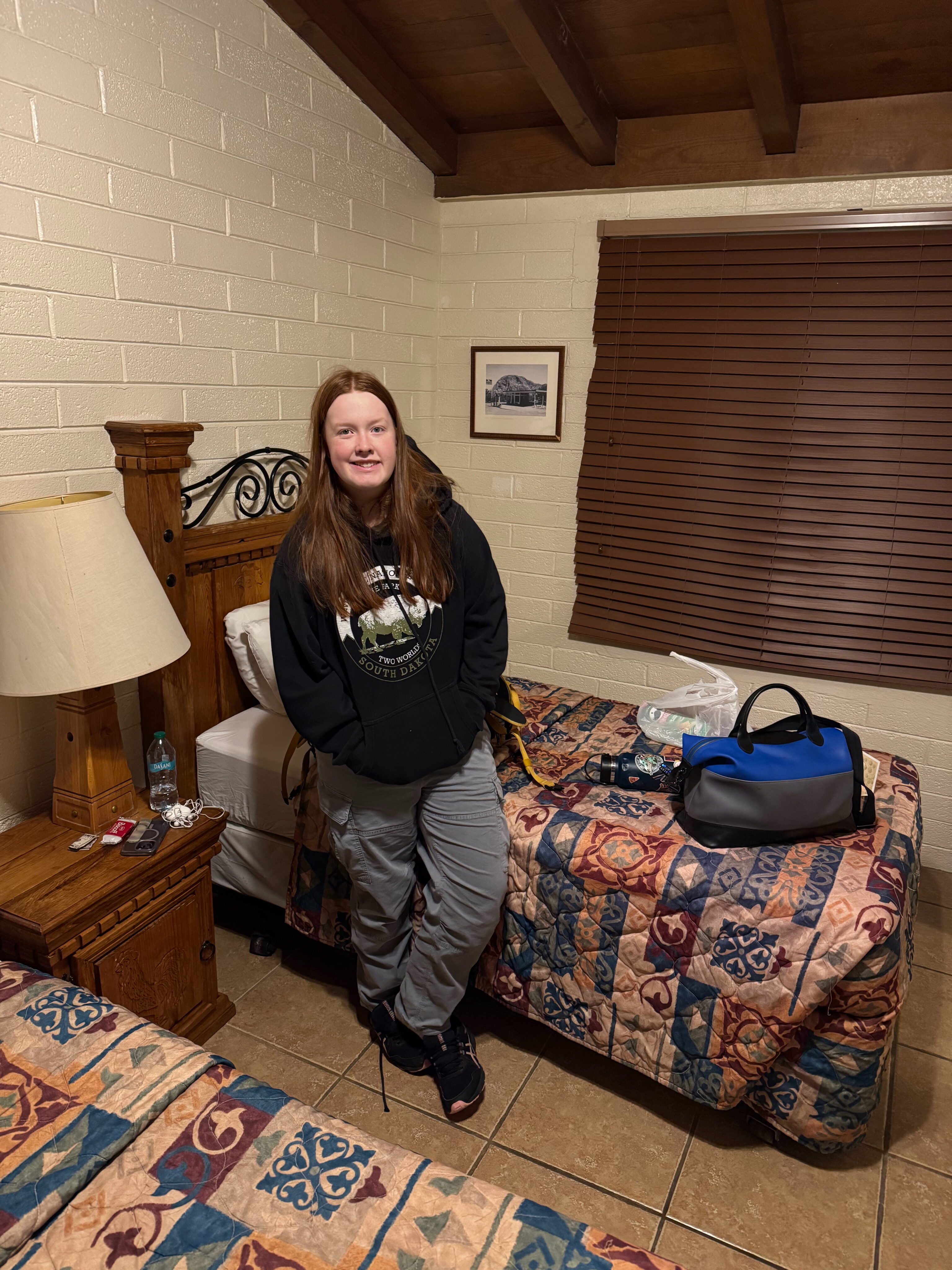
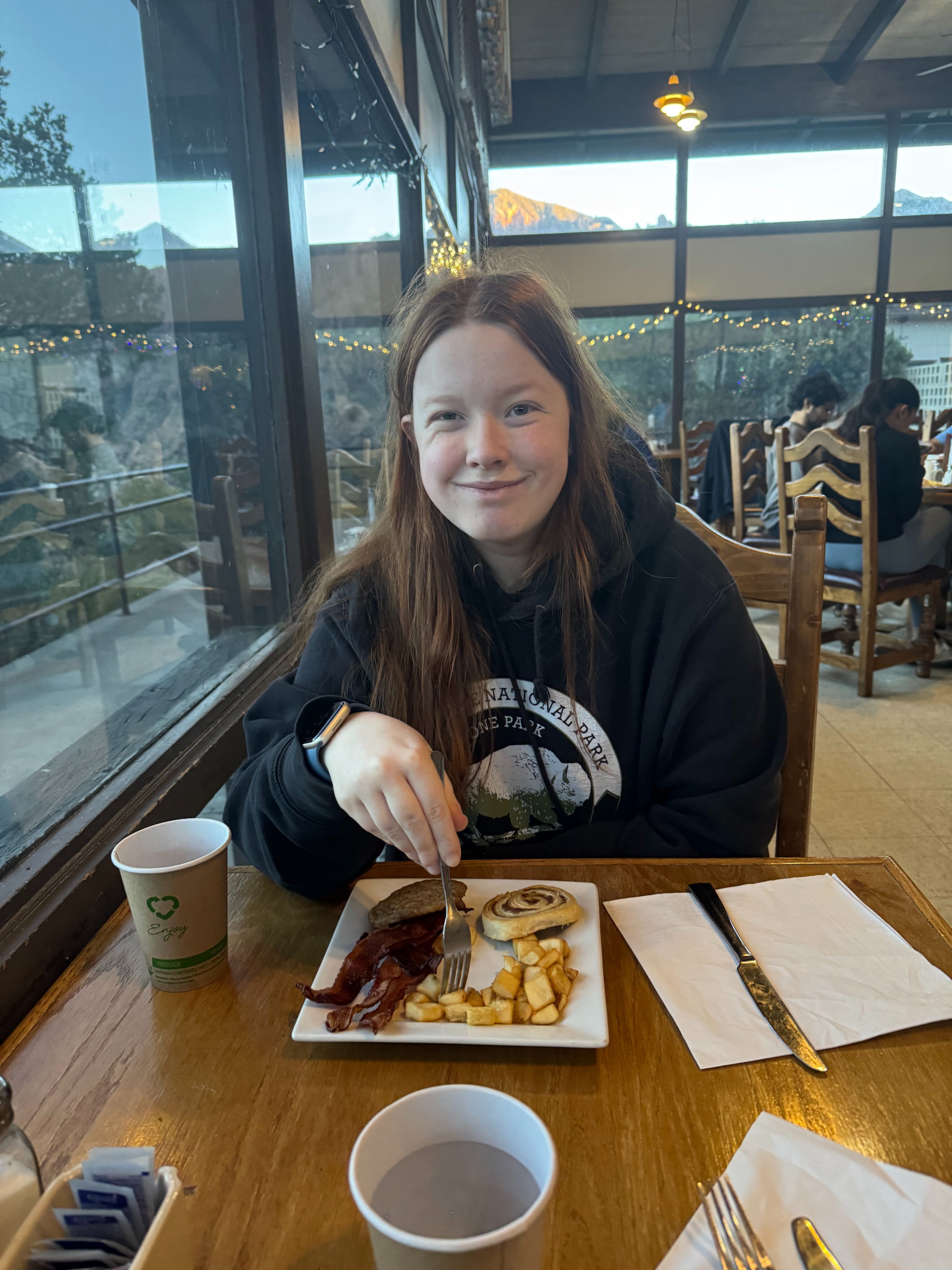
Big Bend National Park: A Brief History & Landscape
Established in 1944, Big Bend is one of the most ecologically diverse national parks in the U.S. It sits along the Rio Grande, marking the natural border between the United States and Mexico. The park is unique in that it contains three distinct ecosystems: the Chihuahuan Desert, the Chisos Mountains, and the riparian (river) areas along the Rio Grande. This mix of terrain supports an incredible variety of wildlife, from black bears and mountain lions in the high country to roadrunners and javelinas in the desert below.
Beyond its natural beauty, Big Bend is steeped in history. Archaeological findings suggest that humans have inhabited this region for over 10,000 years, including indigenous groups like the Chisos and Mescalero Apache. In more recent history, Spanish explorers, ranchers, and miners have all left their mark on the land. Today, the park remains one of the most remote and least visited national parks in the lower 48—though during peak holiday weeks, it doesn’t feel that way!
Staying in the Heart of Big Bend
Since lodging inside the park is limited, we had to book nearly a year in advance to secure a room at the Chisos Mountains Lodge, the only hotel within Big Bend. The lodge sits in the Chisos Basin, a stunning valley surrounded by towering peaks, offering one of the most scenic stays in any national park. The Chisos Mountains are unique in that they are the only mountain range in the U.S. entirely contained within a national park. These mountains rise dramatically from the desert floor, creating a cooler, more temperate microclimate that provides a refuge for wildlife and hikers alike.
We were especially lucky to stay in one of the historic Roosevelt Stone Cottages, which date back to the 1930s and 1940s when the Civilian Conservation Corps (CCC) was working to develop infrastructure in the park. These stone cabins were constructed as part of early national park initiatives and were named in honor of President Franklin D. Roosevelt, who played a key role in expanding the National Park System. With their rustic charm and deep historical significance, the cabins offer a unique way to experience Big Bend’s past while being immersed in its natural beauty.
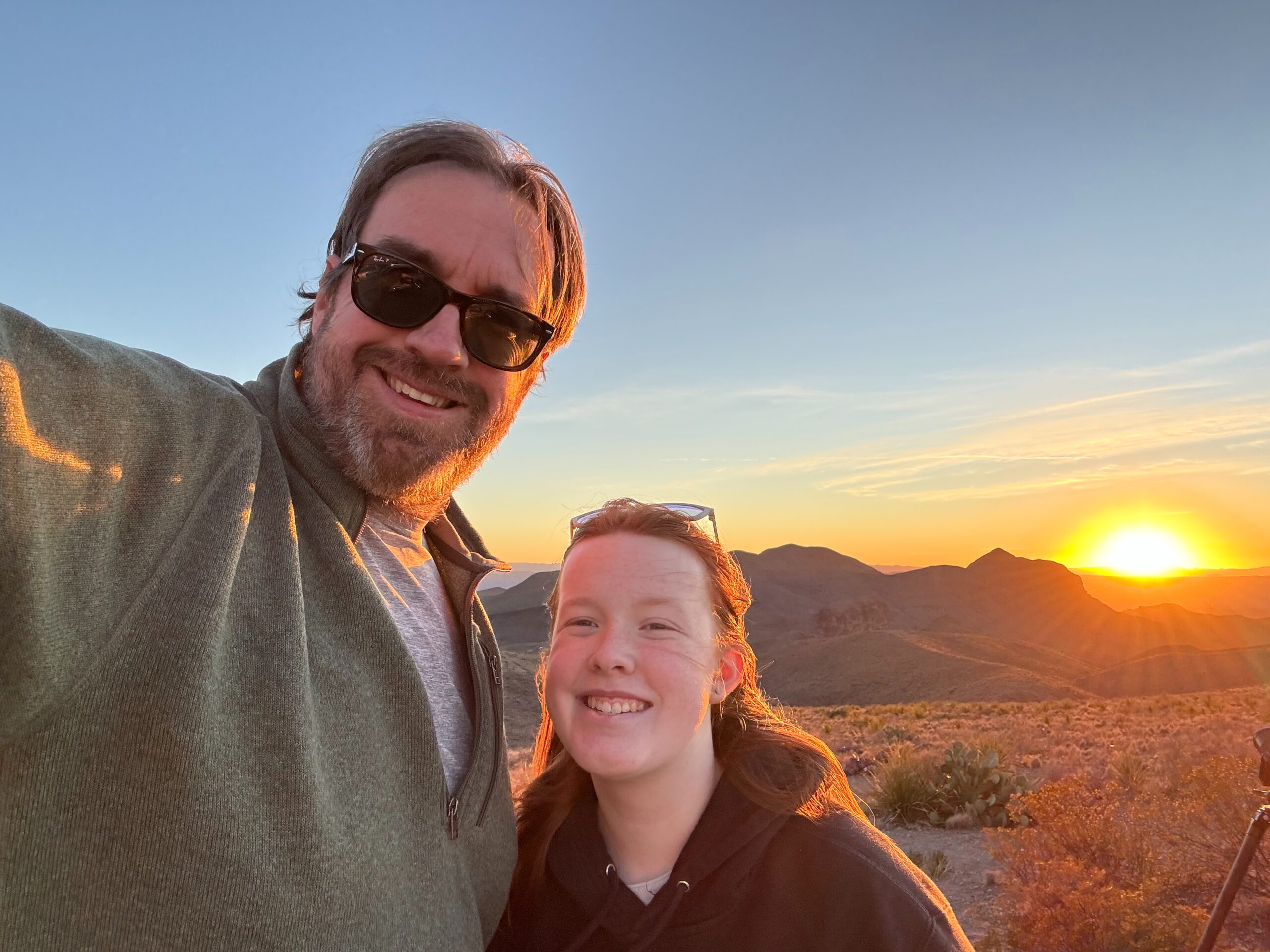
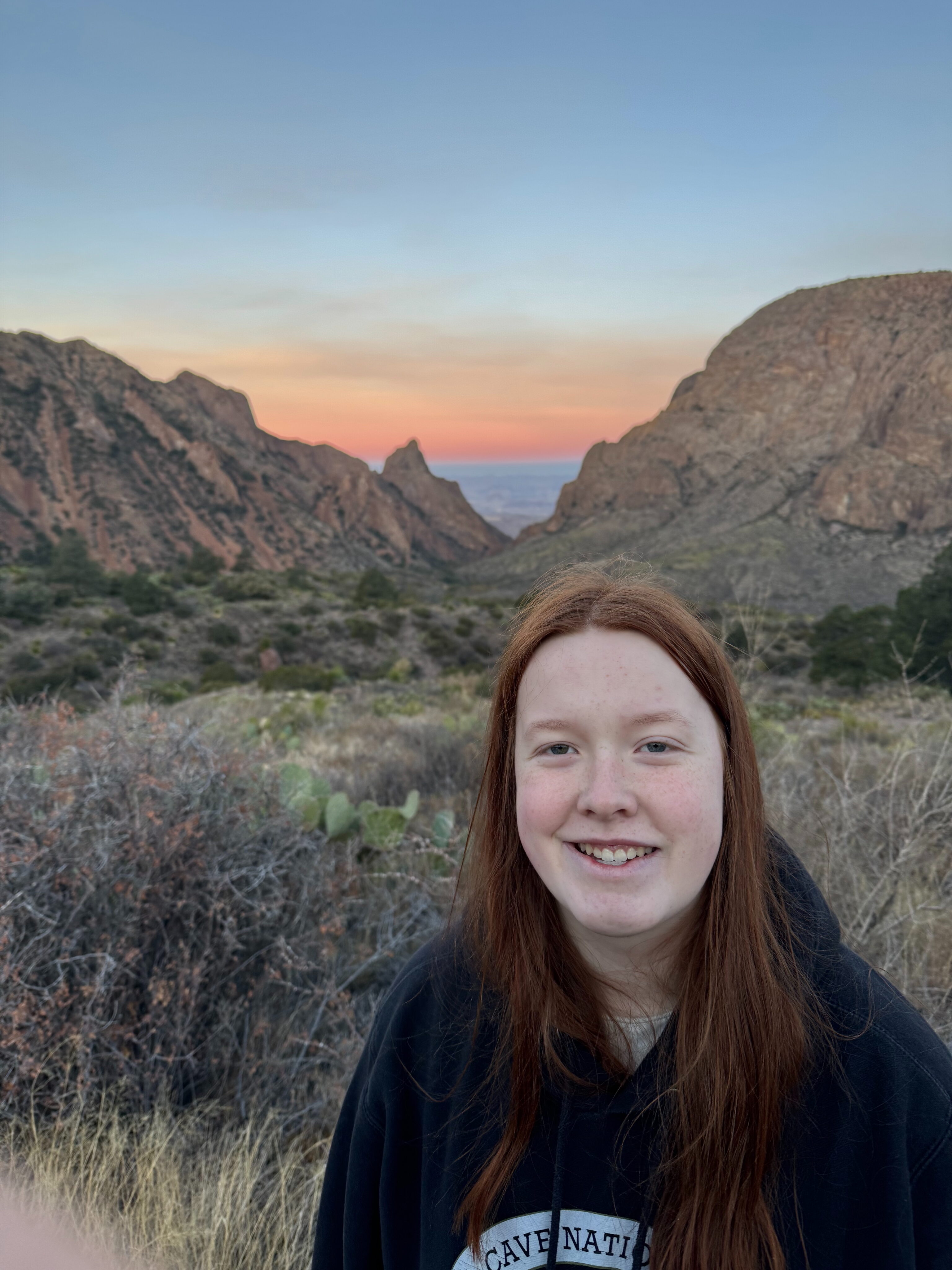
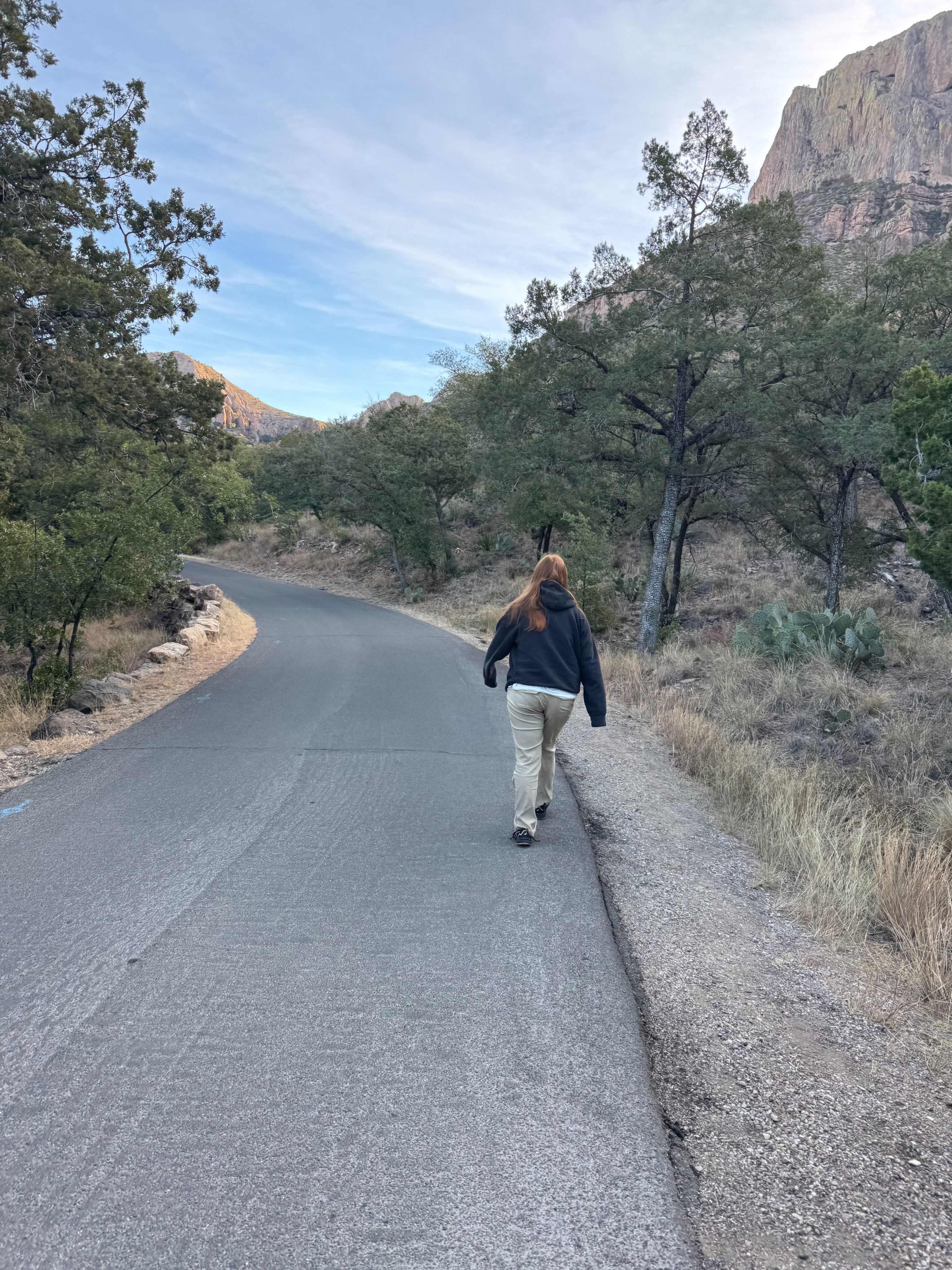
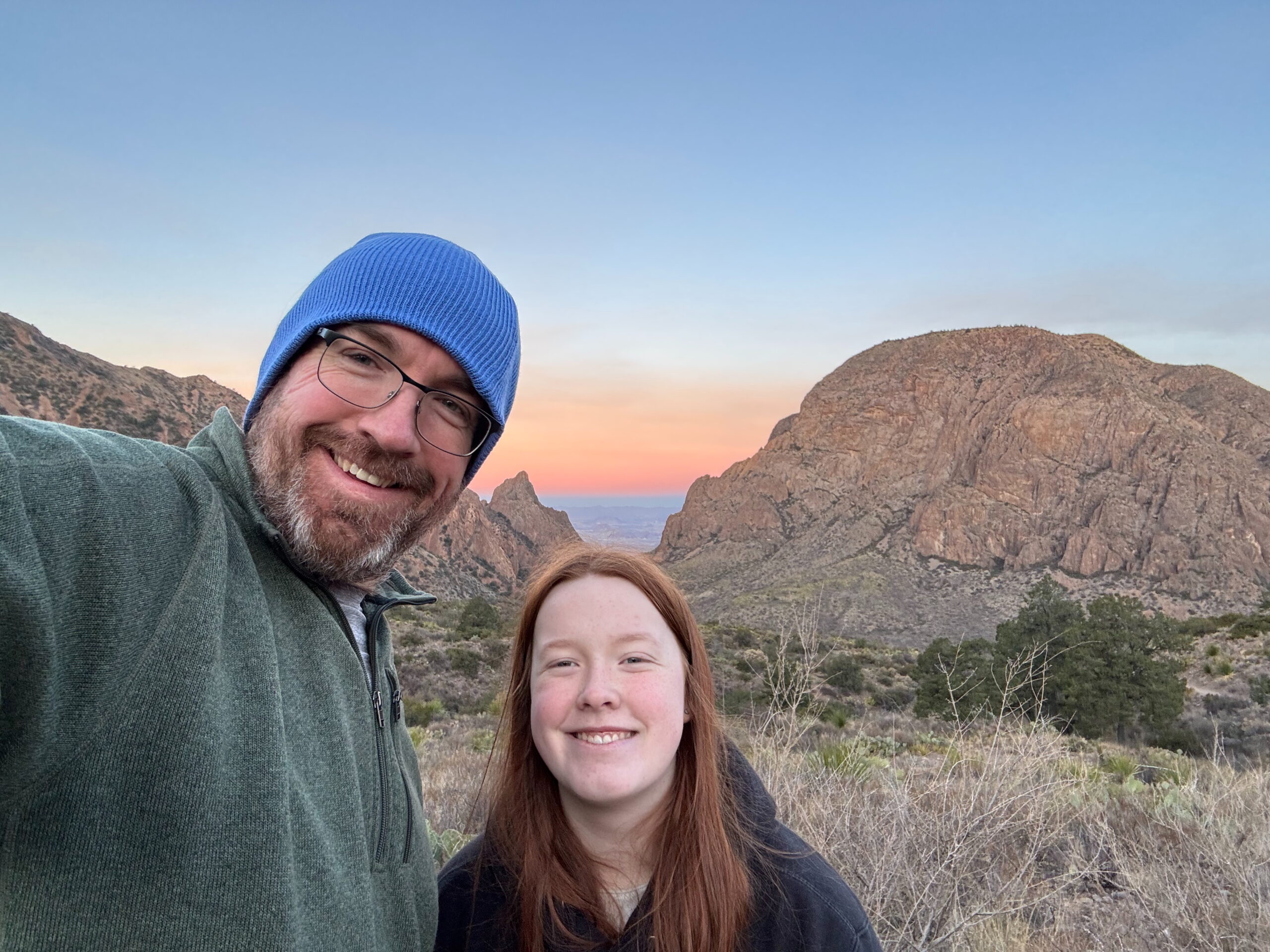
The Challenges of Staying in the Basin
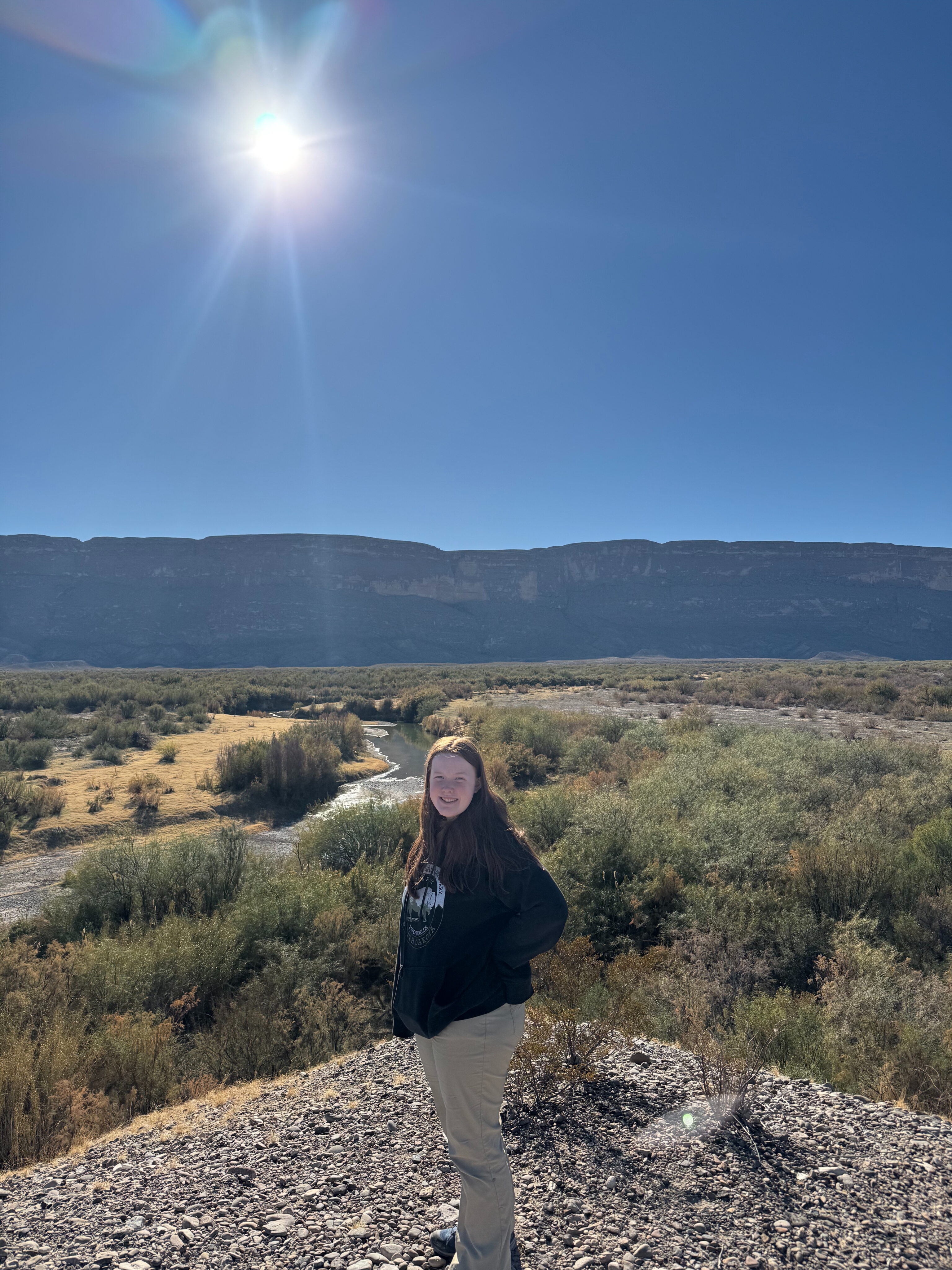
While staying inside the valley gave us incredible access to hiking trails and breathtaking scenery, it came with its own set of challenges. Parking was a constant struggle due to the sheer volume of visitors. We arrived very late at night and were incredibly fortunate to find a parking spot near our cabin. The stone cottages are tucked away down a small road, which likely helped reduce competition for parking in that area.
However, the real issue came during the day. The valley would get so overcrowded that rangers had to restrict access, only allowing new cars in when others left. If you left the valley to explore other parts of the park, you could face up to a two-hour wait just to return to your hotel. This made planning our days tricky, as we had to carefully consider whether leaving was worth the risk of getting stuck outside the valley for hours.
Another challenge was food availability. The lodge has the only restaurant in the entire park, along with a small gift shop and visitor center. While the restaurant serves decent meals, options are limited, and long wait times are common. Years ago, the park had additional dining facilities, but a fire destroyed several buildings, and efforts to restore them are still ongoing.
Despite these logistical hurdles, staying inside the park was absolutely worth it. Waking up surrounded by the towering cliffs of the Chisos Basin, watching the sunrise paint the mountains in shades of gold and pink, and having quick access to some of Big Bend’s best hikes made the experience unforgettable.
Given that Big Bend shares an international border with Mexico, we heard mixed opinions about safety and security before our trip. Some people reassured us, saying that the heat and rugged terrain were the real dangers, while others warned us about car break-ins or potential issues along the border. However, throughout our stay, we noticed a strong presence of both Park Rangers and U.S. Border Patrol, which added a reassuring sense of security.
We were often out at all hours of the day and night—whether hiking, stargazing, or photographing the landscape—and never felt unsafe. Not to say that things can’t happen, but even as remote as the park is, it’s surprisingly busy, with plenty of people on the main trails and scenic areas. Even on the more isolated trails, the combination of high visitor numbers and visible law enforcement made us feel at ease.
We spent our days venturing into various parts of the park, but naturally, a lot of our time was spent in the Chisos Mountains since that’s where we were staying. One of our favorite hikes was The Window Trail, which we did multiple times, both at sunrise and sunset. The trail leads to a spectacular V-shaped canyon opening that perfectly frames the desert below—an iconic spot for photographers and hikers alike.
Unfortunately, the weather wasn’t exactly ideal for photography. The cooler winter days brought clear, cloudless blue skies, which, while pleasant for hiking, left us craving the dramatic skies that often enhance landscape shots.
However, we did luck out with dark skies thanks to a new moon. On the nights before and after the new moon, the moon set around the same time as the sun, giving us some of the darkest skies imaginable. For two nights in a row, we headed out for stargazing and astrophotography, focusing on the Sotol Vista Overlook, one of the best spots in the park for night photography. We even captured star trails, which added a mesmerizing touch to our collection of photos.
While we explored many areas of the park, the Ross Maxwell Scenic Drive stood out as the most beautiful and captivating. This route winds through rugged desert landscapes and leads you all the way down to the Rio Grande, where the scenery transforms into a lush and vibrant river valley. Along the way, you pass numerous overlooks and points of interest, each offering its own glimpse of Big Bend’s diverse terrain.
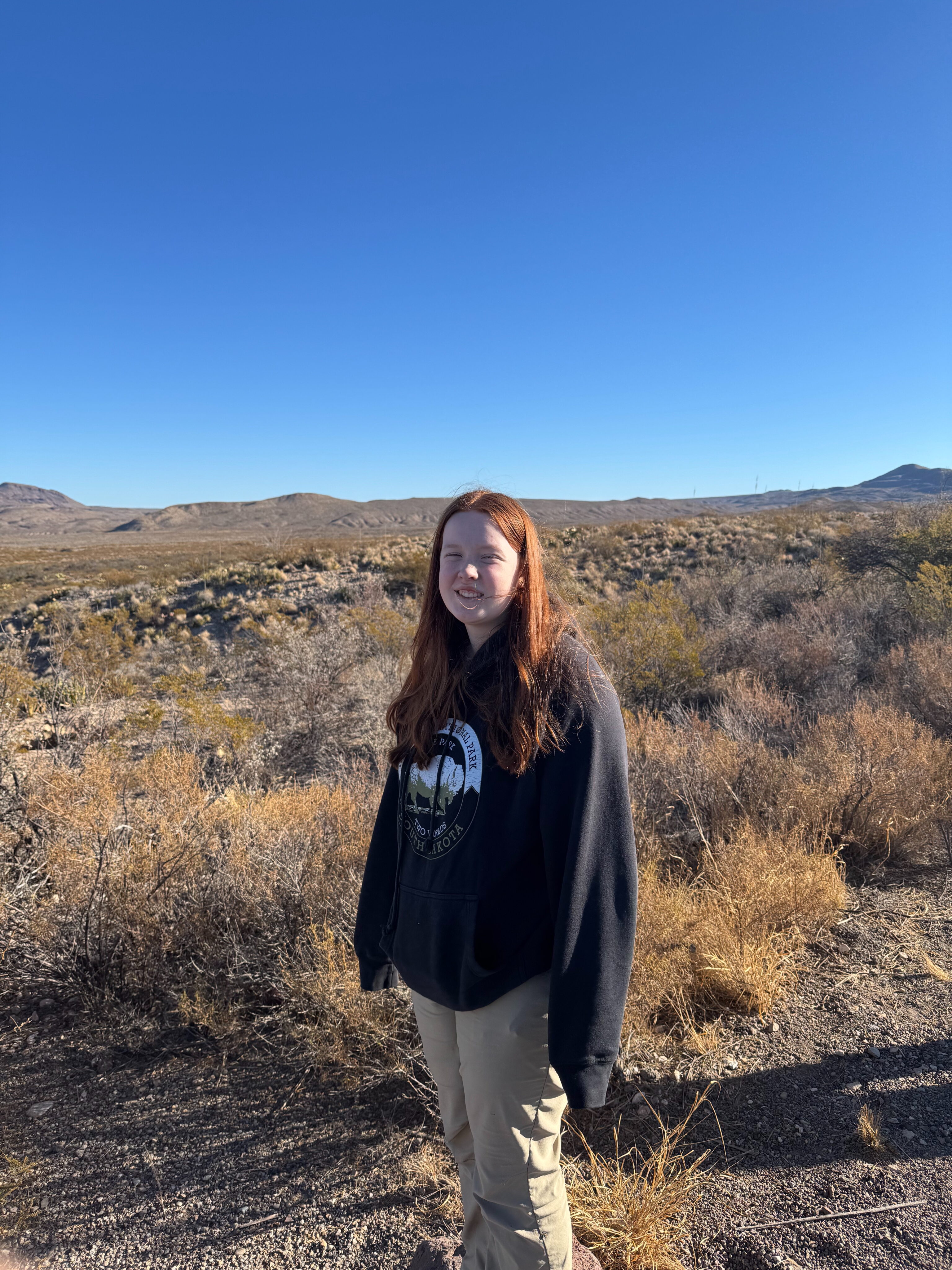
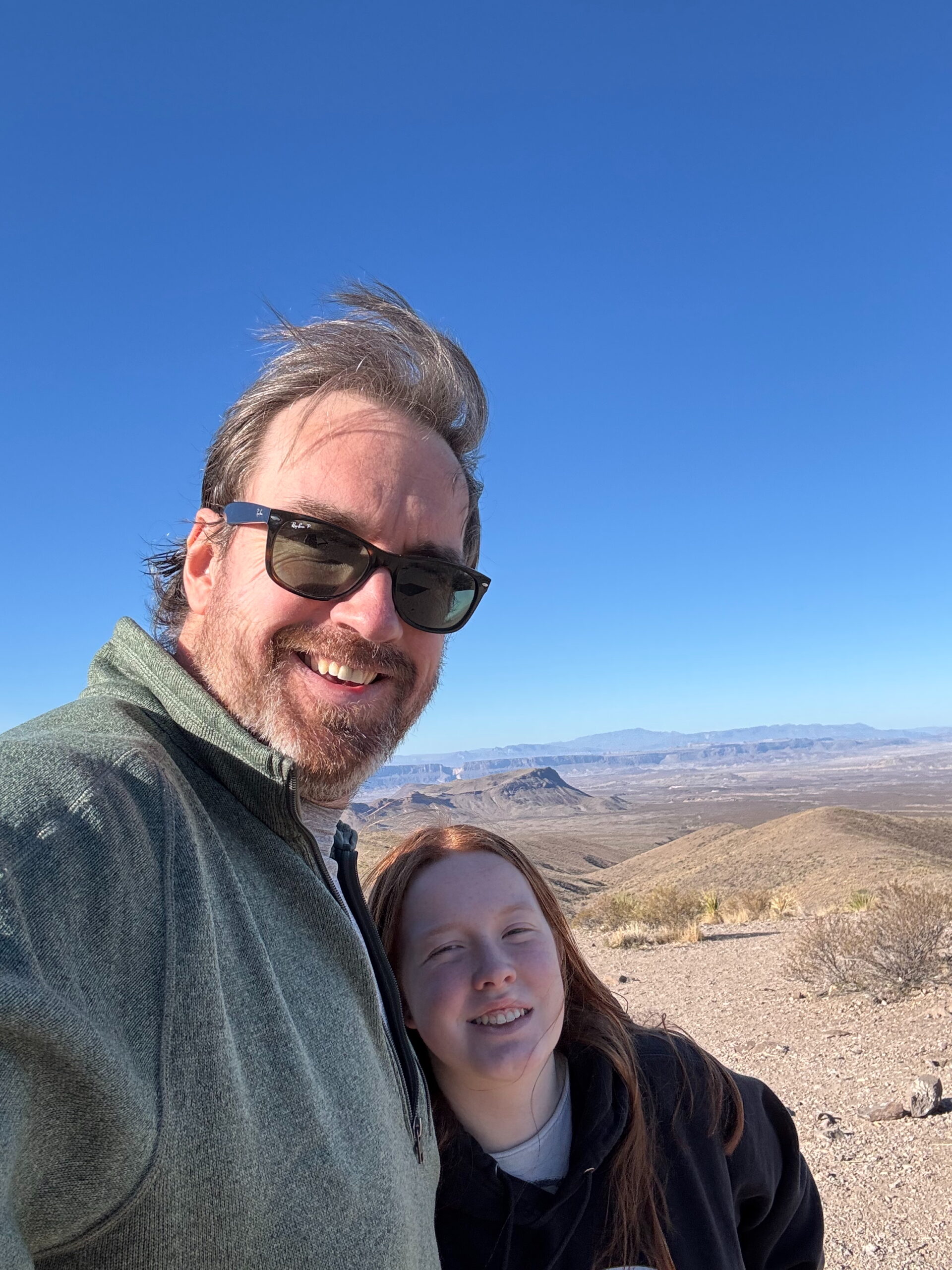
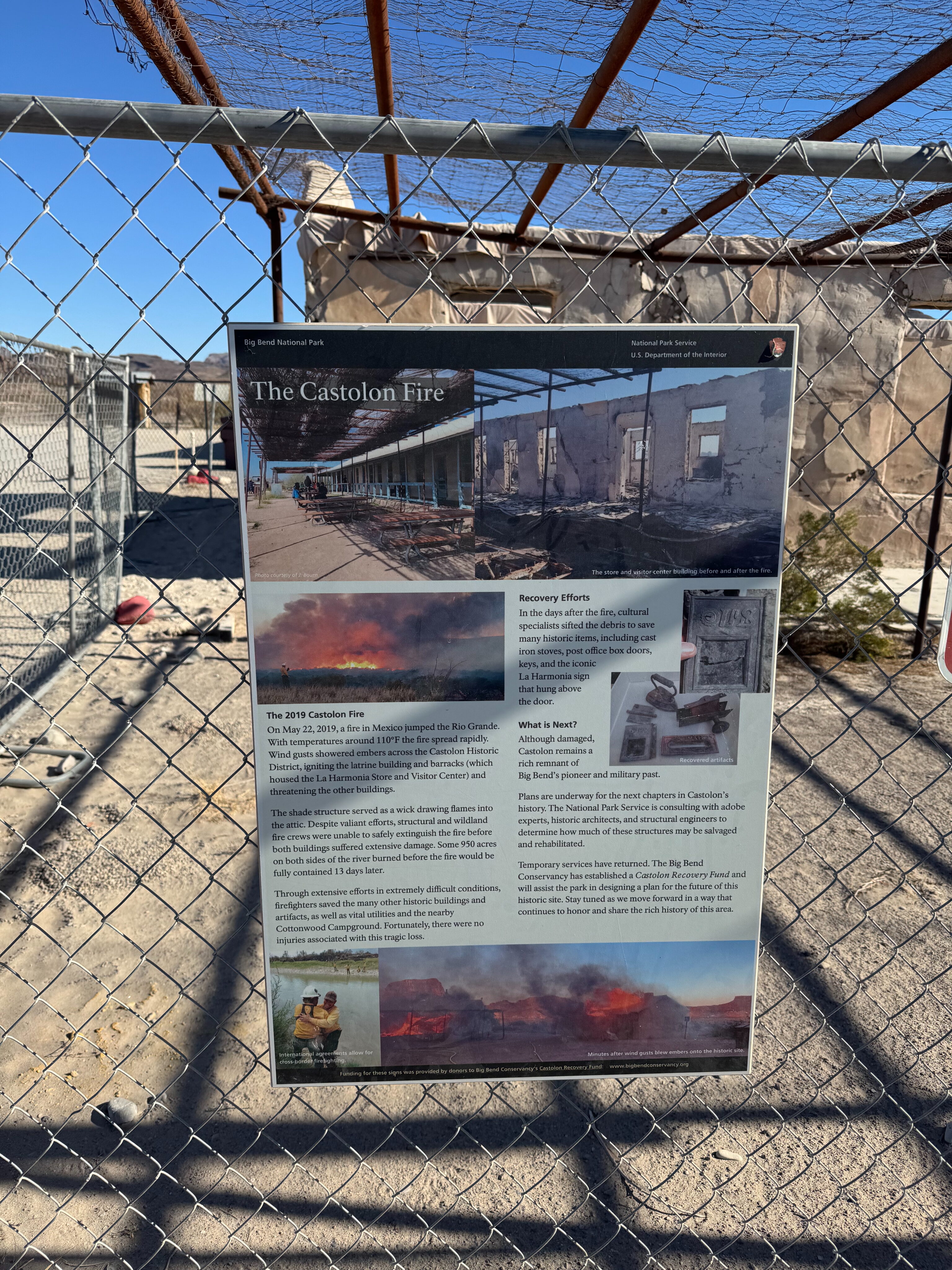
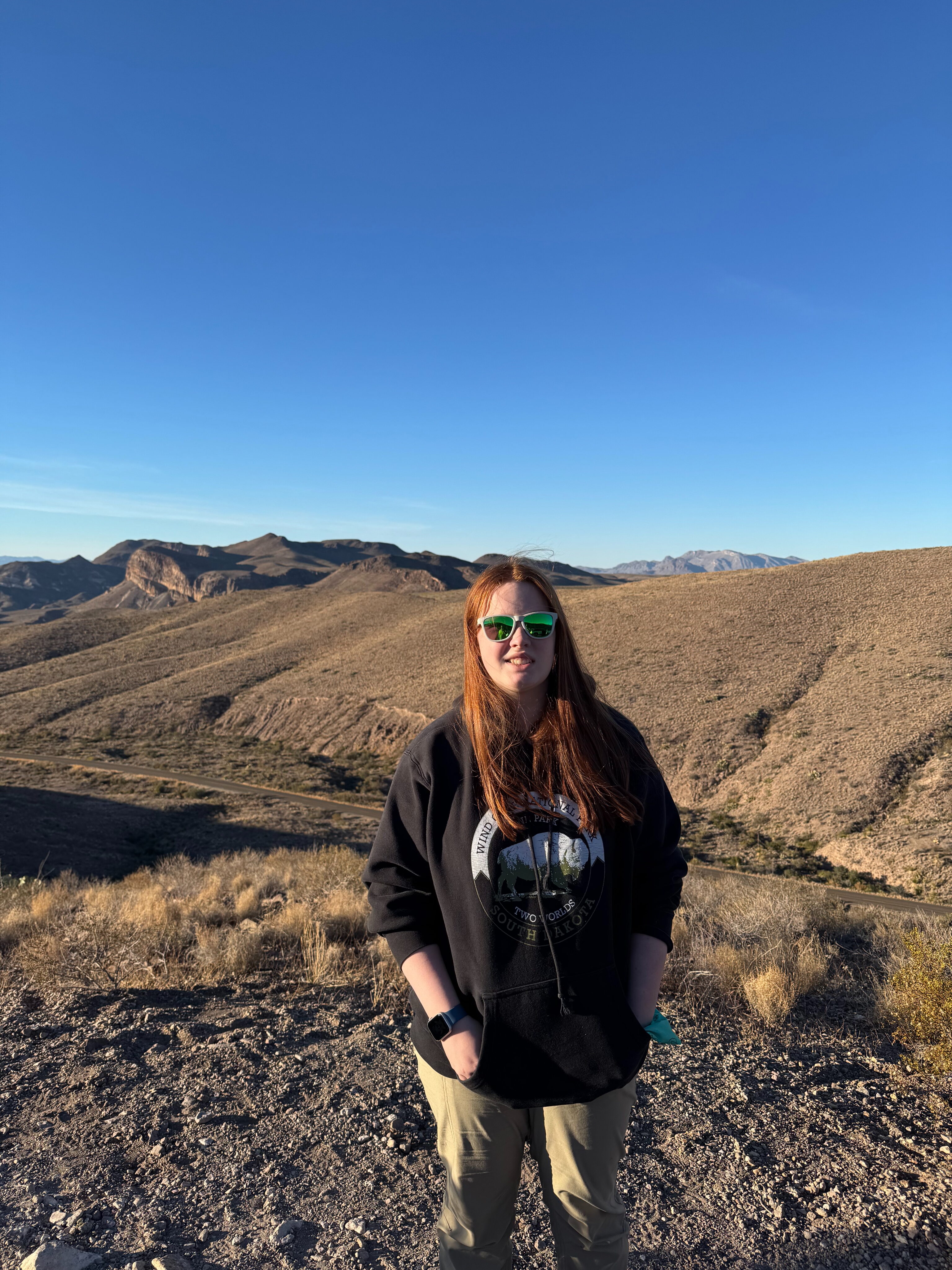
We also made it to the Castolon Historic District, a place marked by both beauty and tragedy. Much of this area was destroyed by a devastating fire in May 2019. The fire, which originated in Mexico, jumped the Rio Grande and spread rapidly due to extreme heat and high winds. Temperatures soared to 110°F, and gusting winds carried embers that ignited several historic buildings.
The La Harmonia Store and Visitor Center—a key part of Castolon’s charm—suffered extensive damage, along with the old barracks and latrine building. Despite the firefighters’ best efforts, 950 acres on both sides of the river were scorched before the fire was fully contained 13 days later. Thankfully, many other historic buildings, artifacts, utilities, and the nearby Cottonwood Campground were saved, and no injuries were reported.
Even though much of the area remains scarred, there’s a solemn beauty in seeing how nature and history coexist in this recovering landscape.
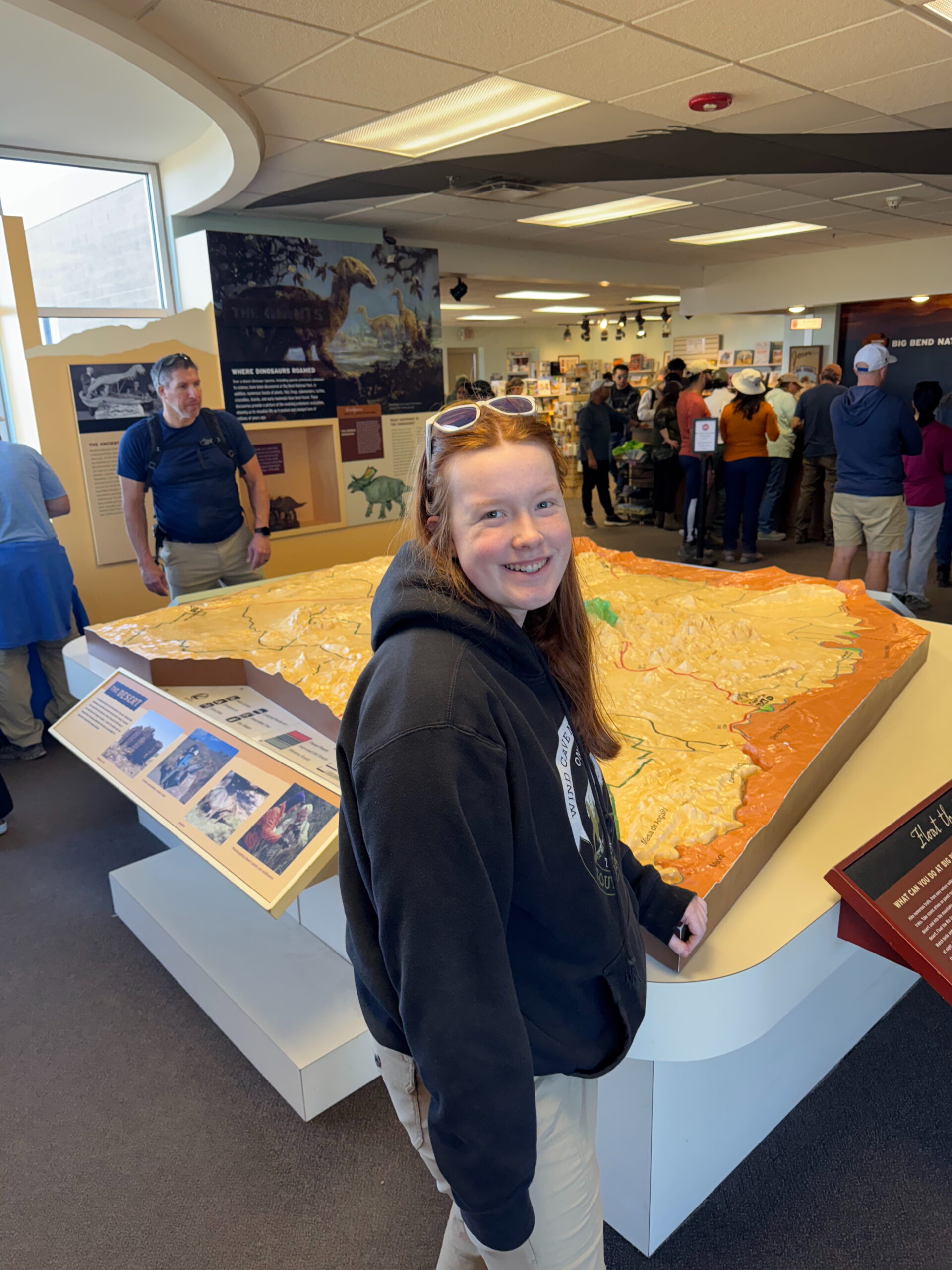
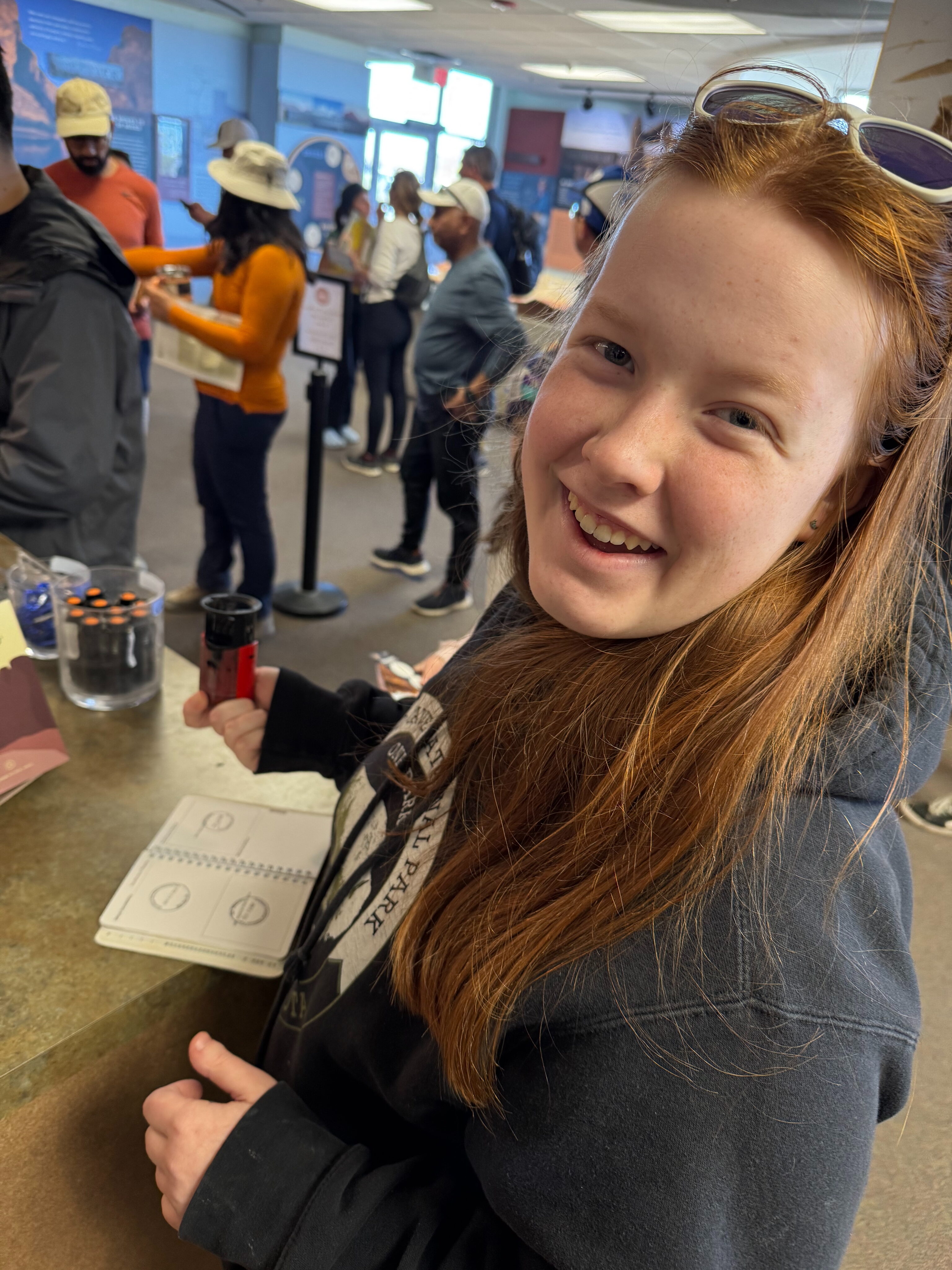
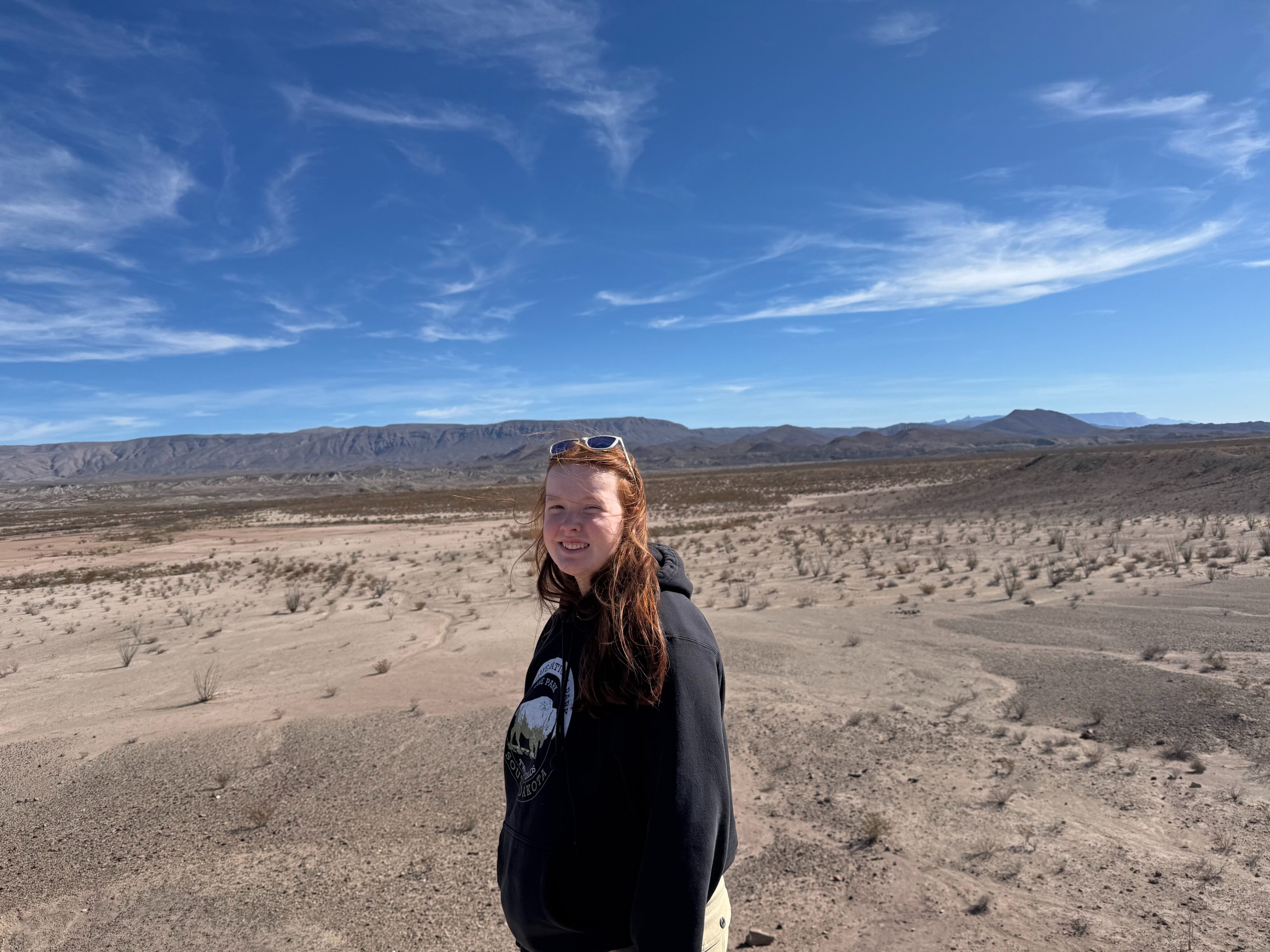
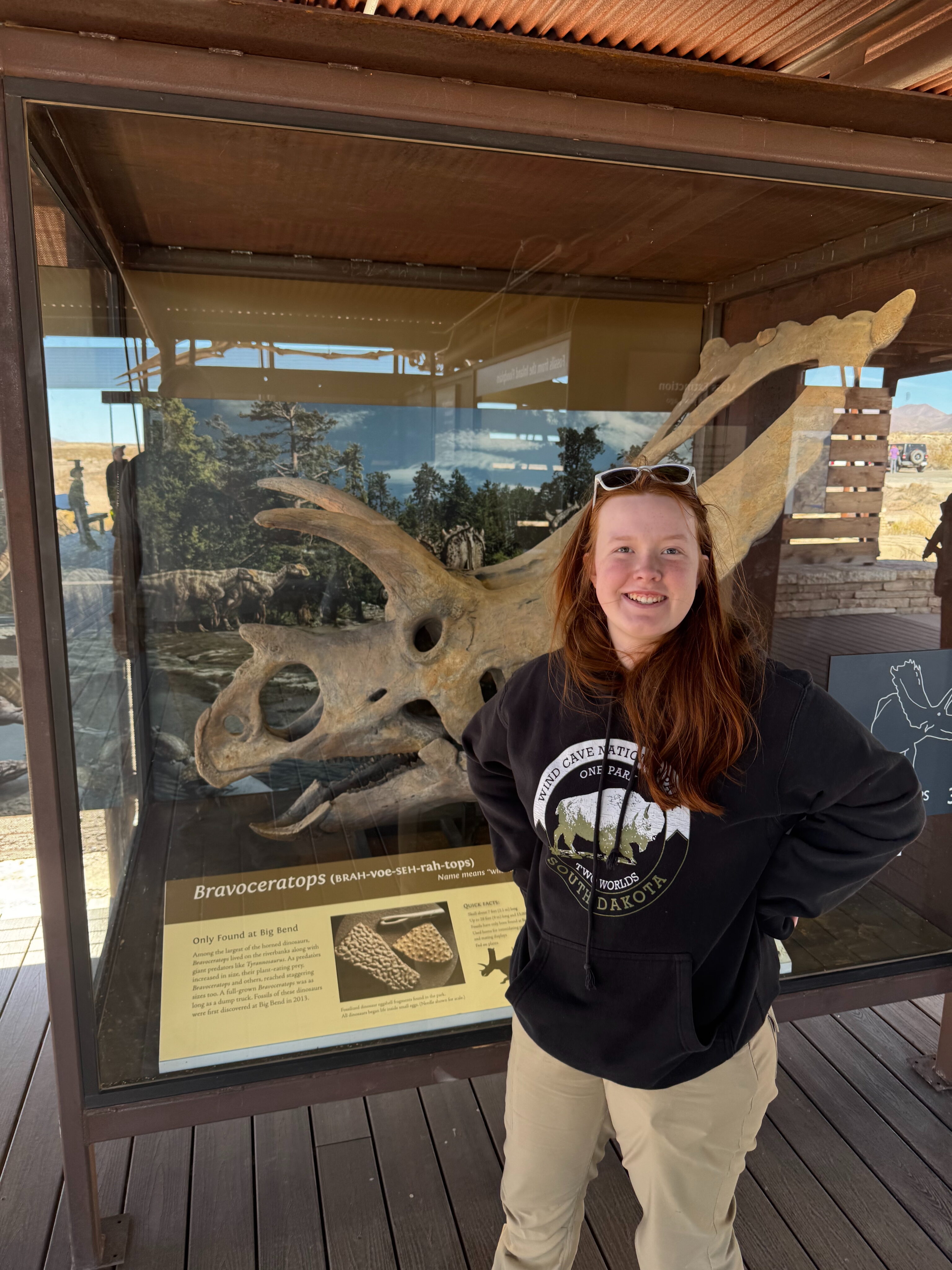
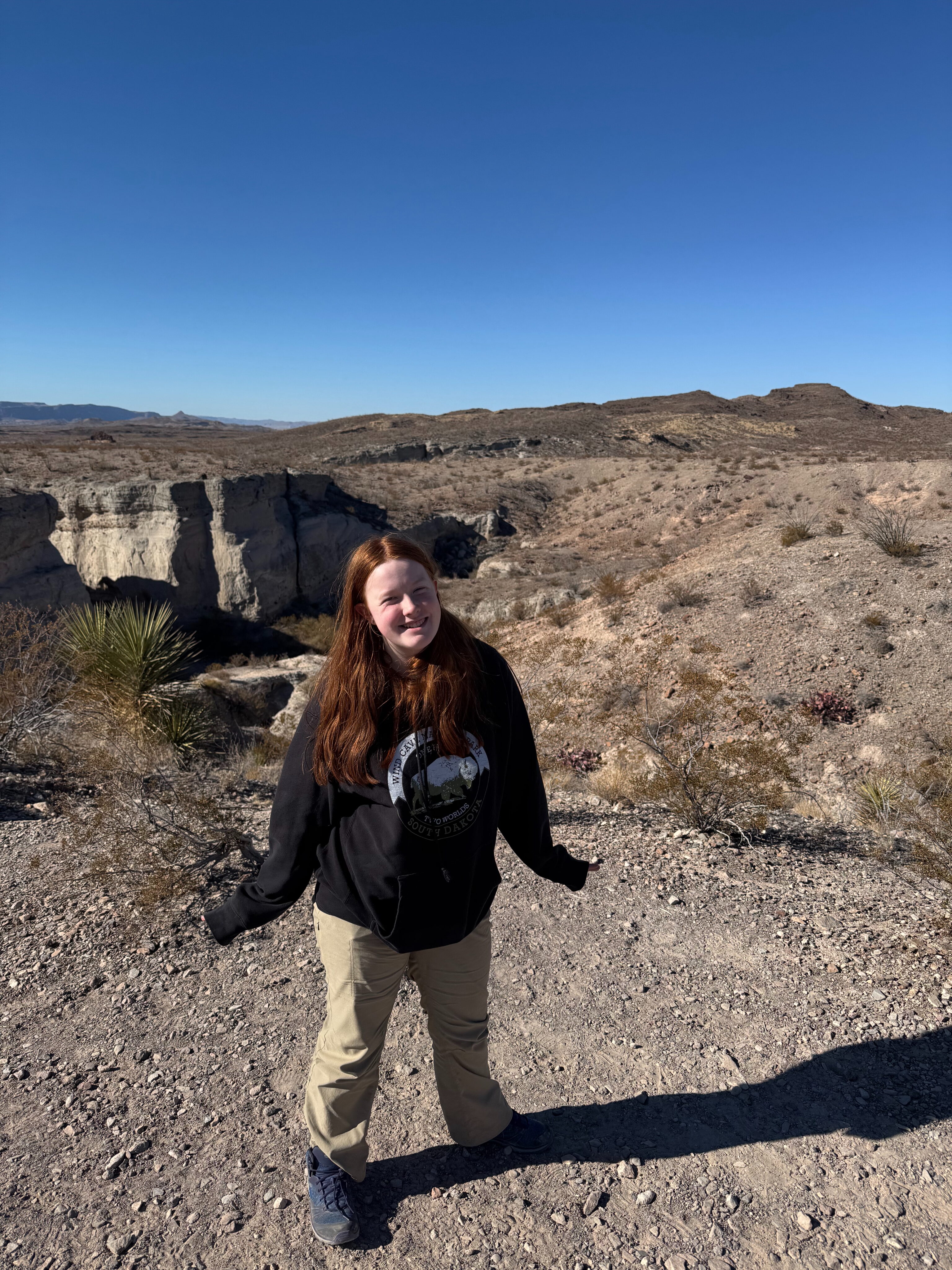
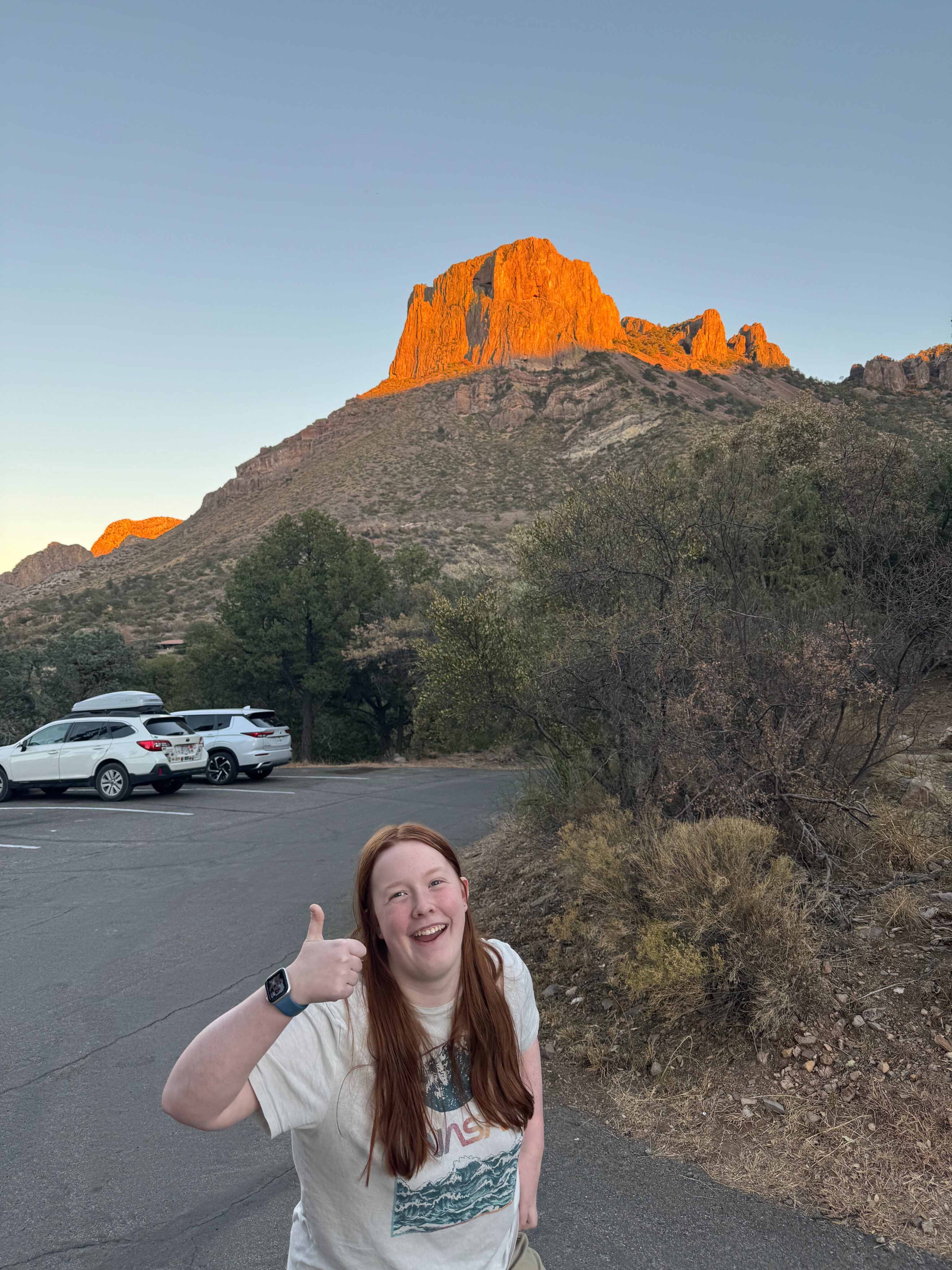
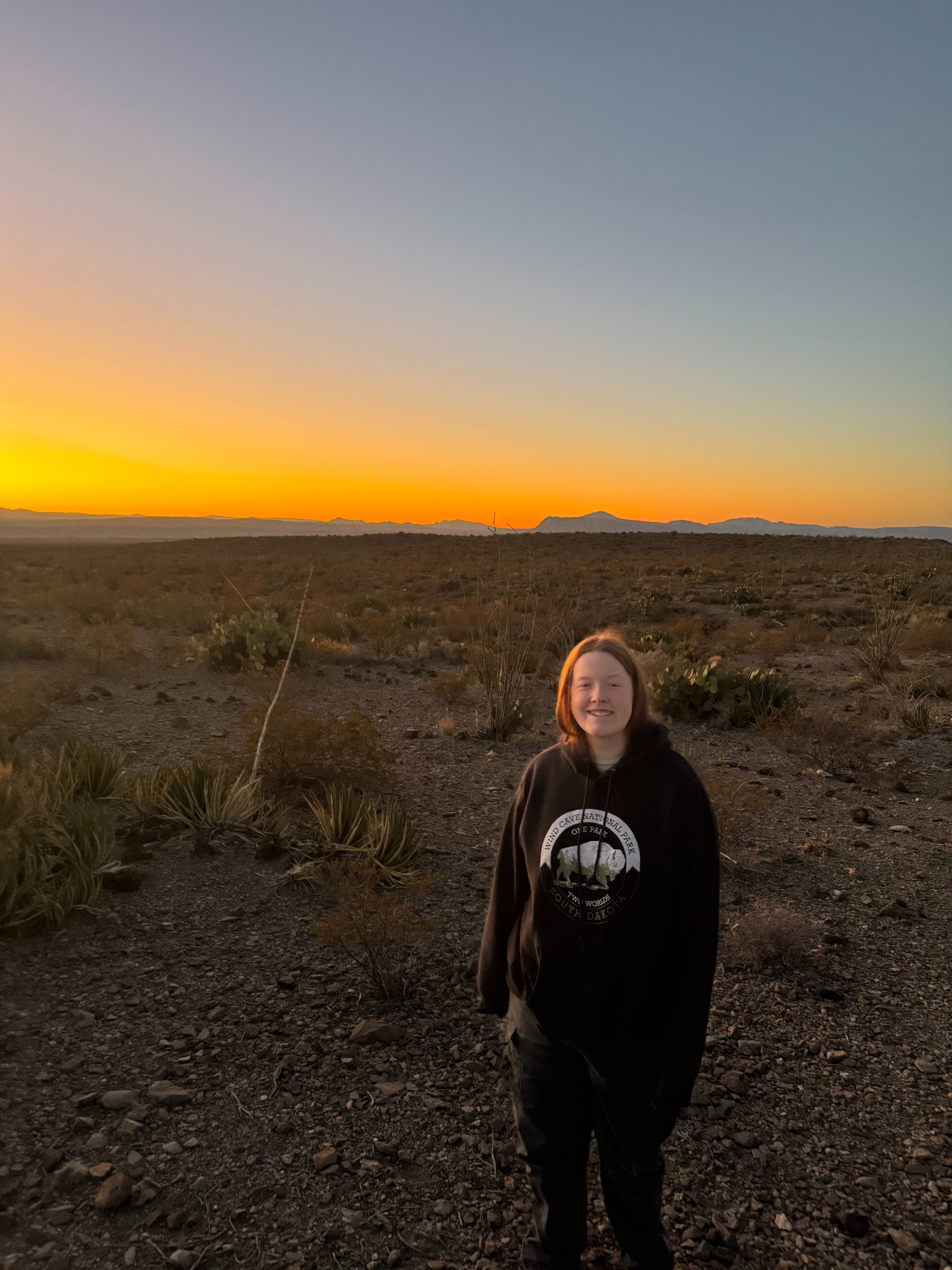
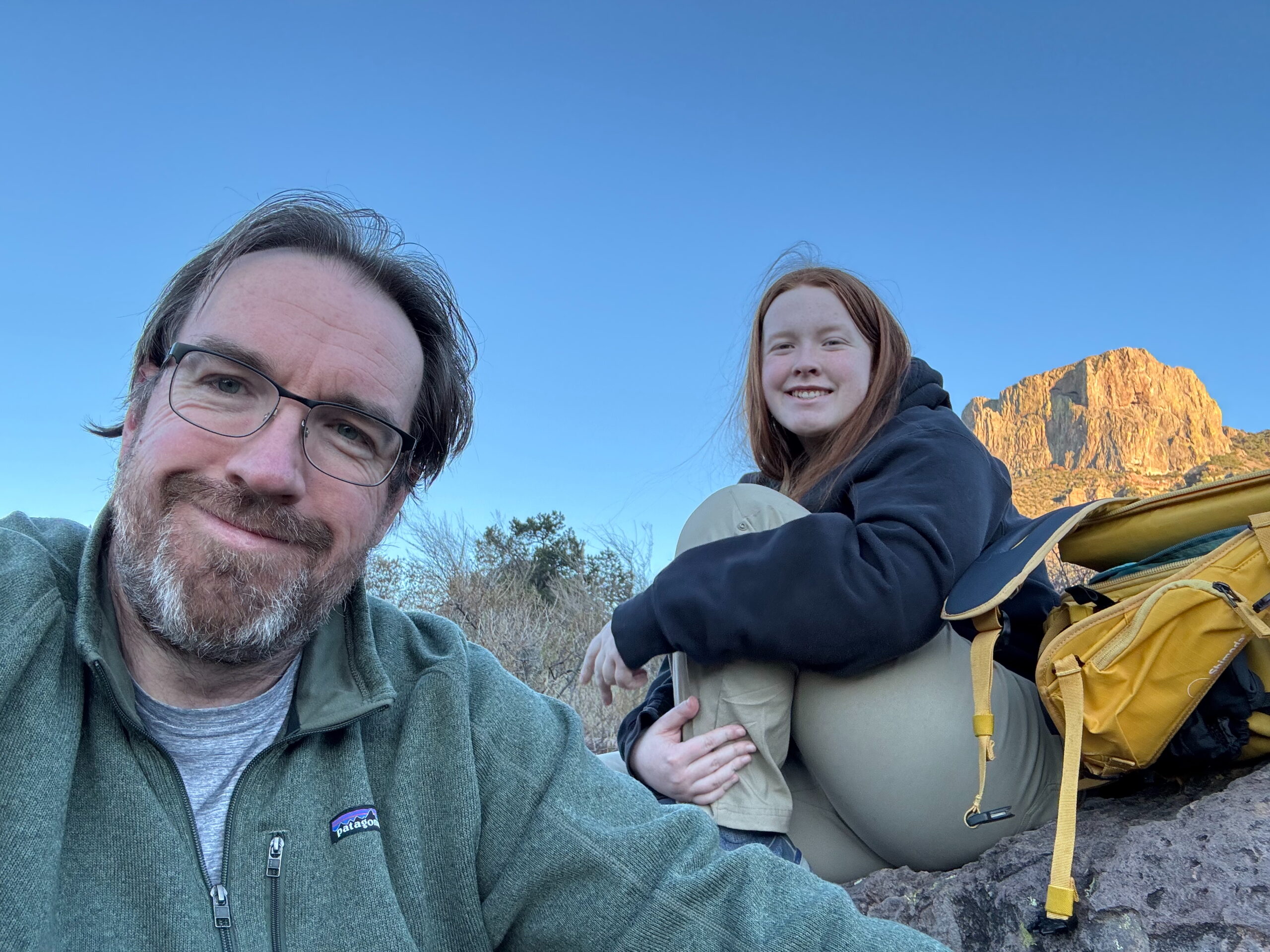
Dining and the Nearby Town of Terlingua
Because we often ventured outside the Chisos Basin, we had to navigate the long car backups to return to the valley. With the Chisos Mountains Lodge restaurant closing early and food options inside the park limited, we made our way to the nearby town of Terlingua for dinner on several nights.
Terlingua, once a bustling mining town, is now a quirky, small community in southwestern Brewster County. It offers a few restaurants, each with its own charm and varying levels of quality. However, the massive influx of park visitors was clearly straining local businesses, leading to long wait times and limited availability.
We did however have three wonderful lunches at DB’s Rustic Iron BBQ. I cannot recommend this place enough, every time we went we had wonderful service and great food.
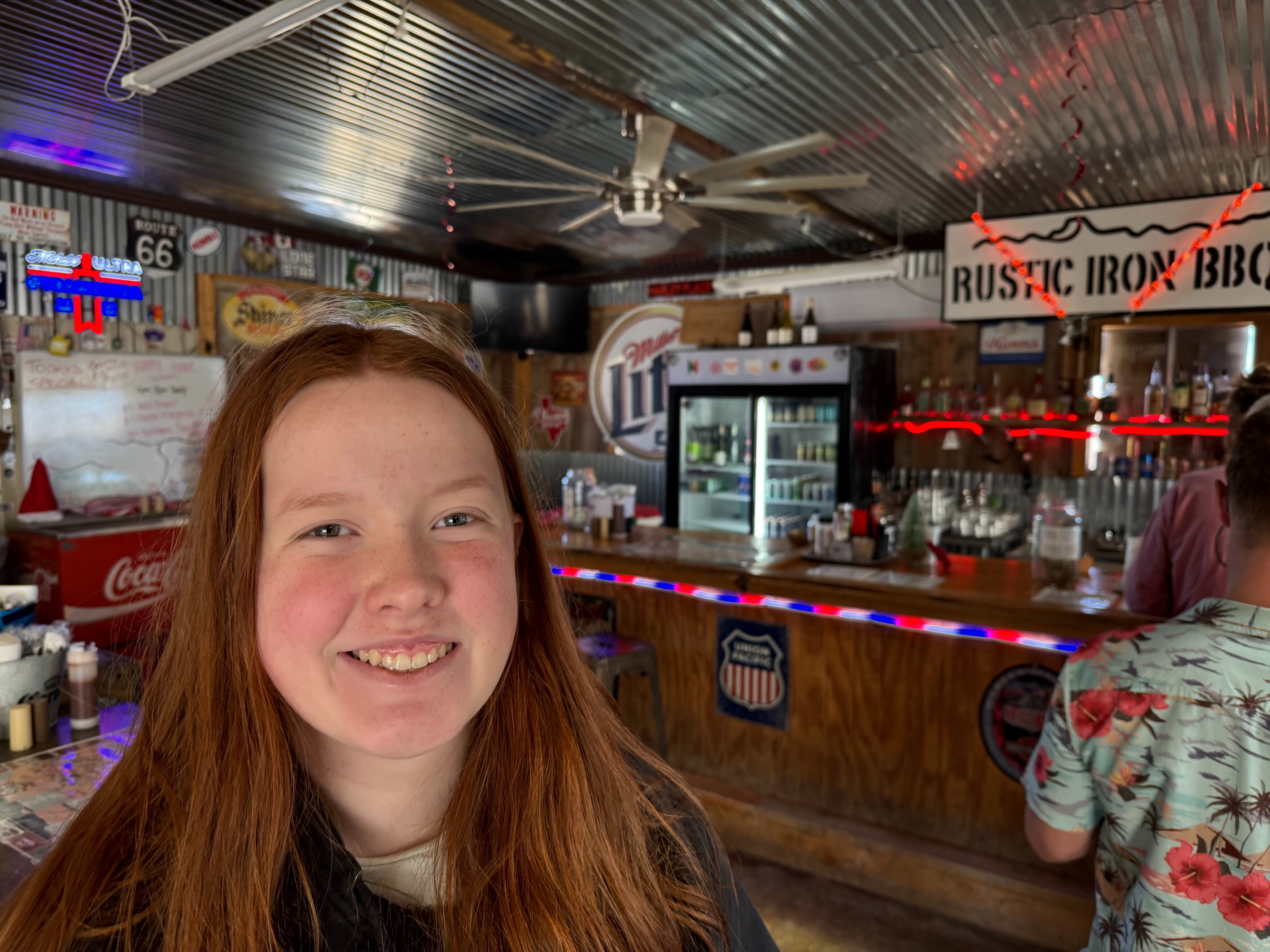
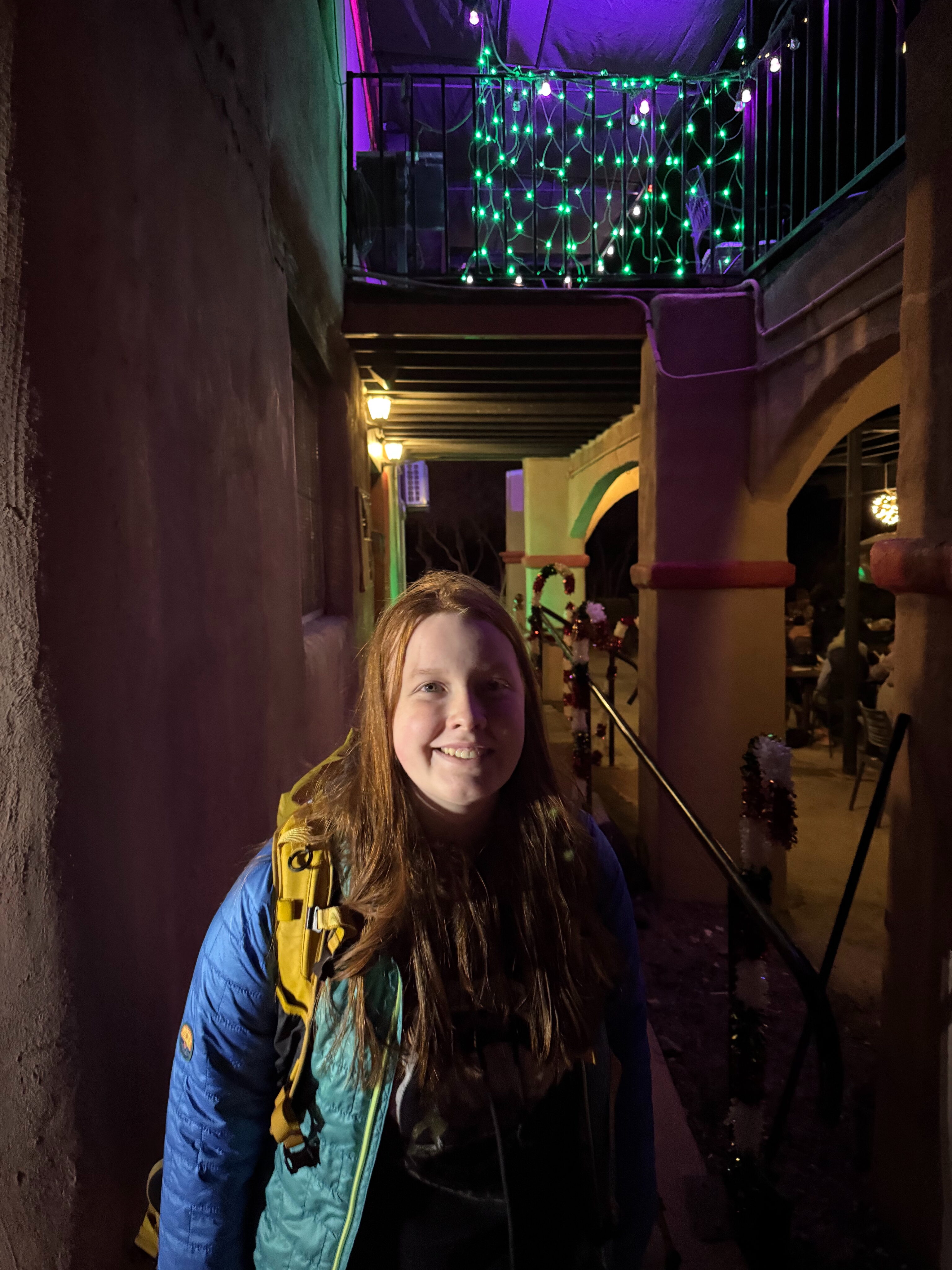
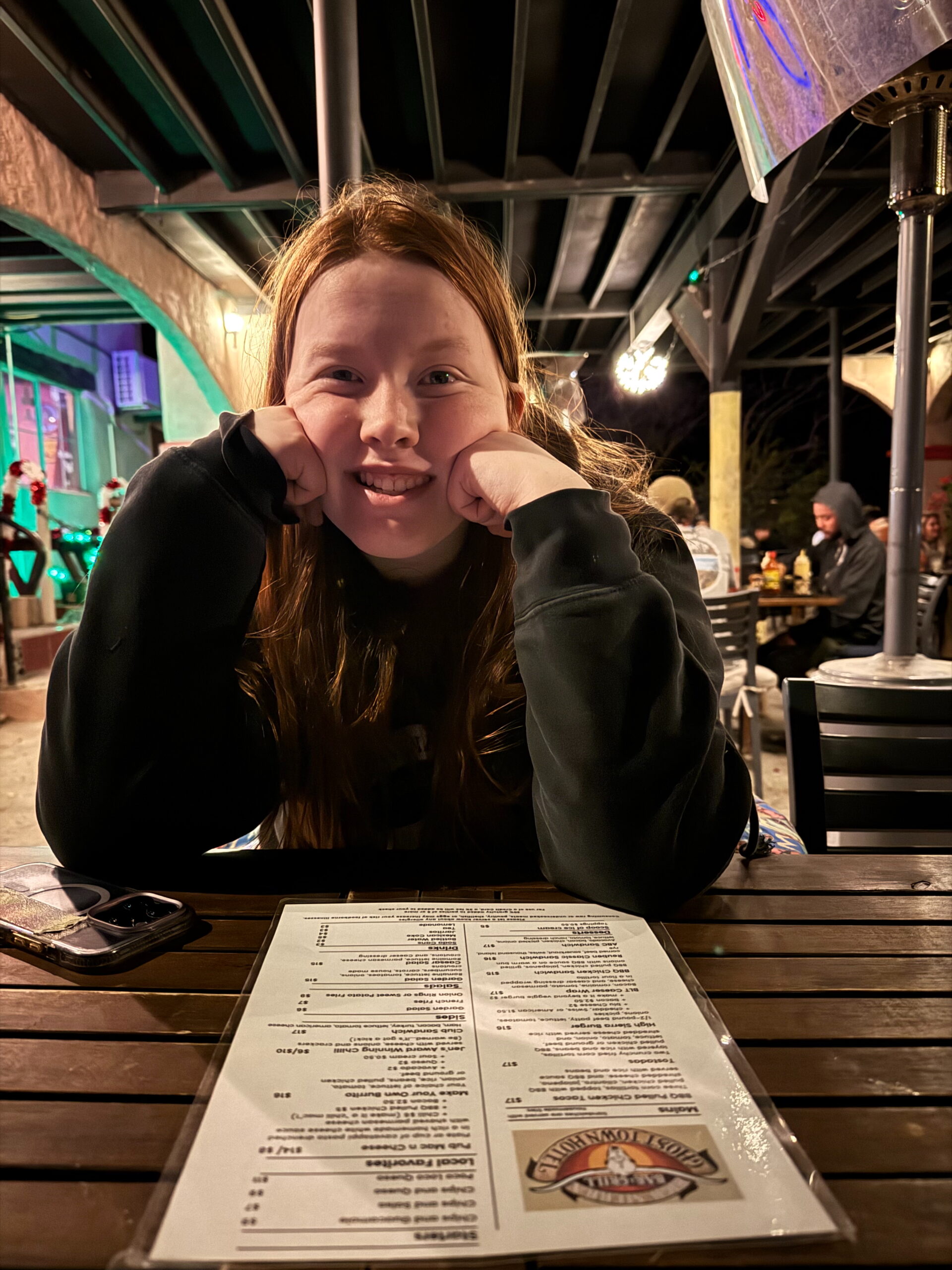
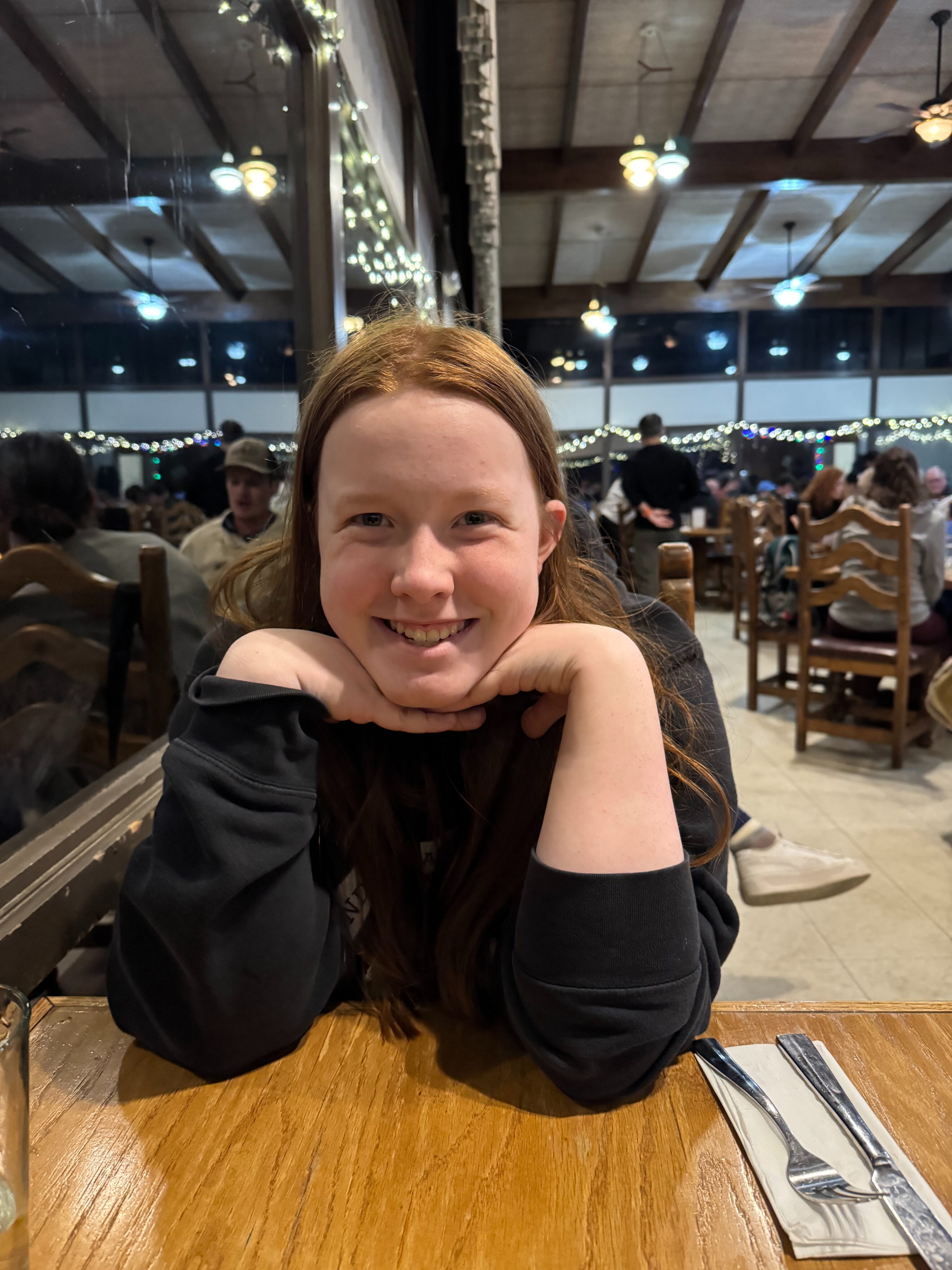
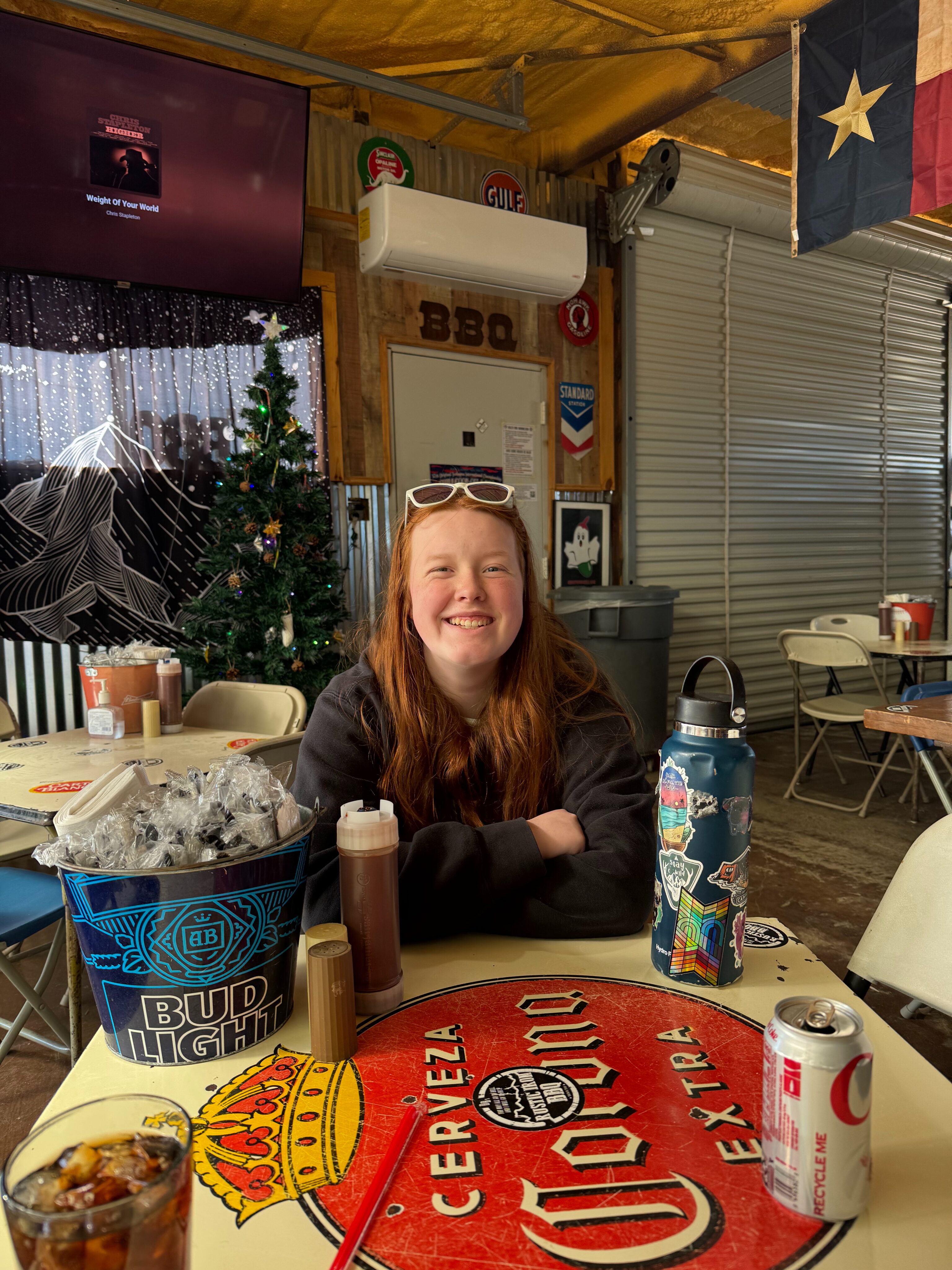
One thing we noticed was the abundance of Airbnbs in Terlingua, many of which offered unique stays that seemed perfect for a future trip. After experiencing the logistical challenges of staying inside the park, we agreed that next time, we’d likely stay in Terlingua, giving us more flexibility to explore without worrying about parking or meal restrictions.
All in all it was a fun trip and a park that we need to return to but during a different season.
New Yeas Eve!
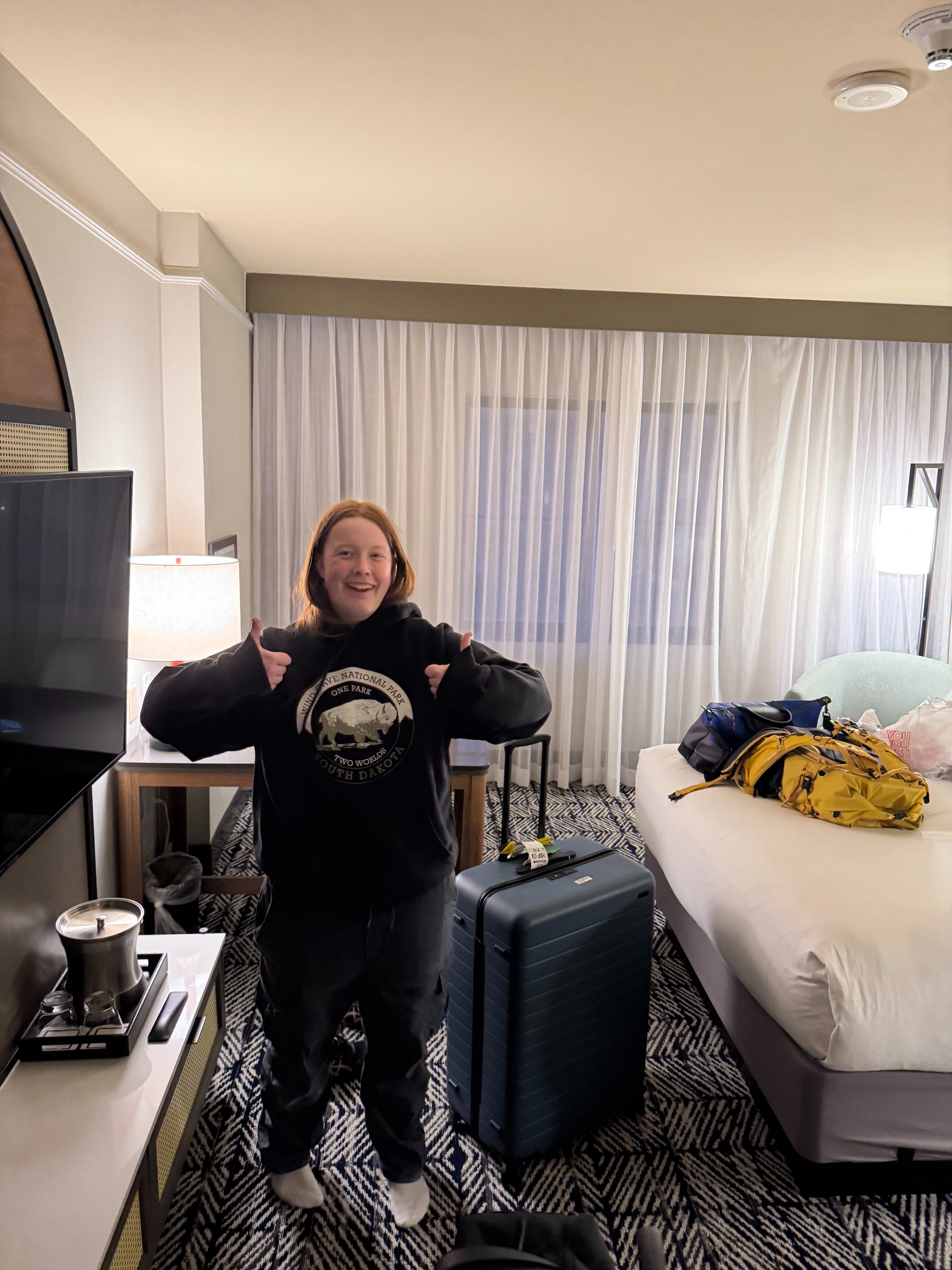
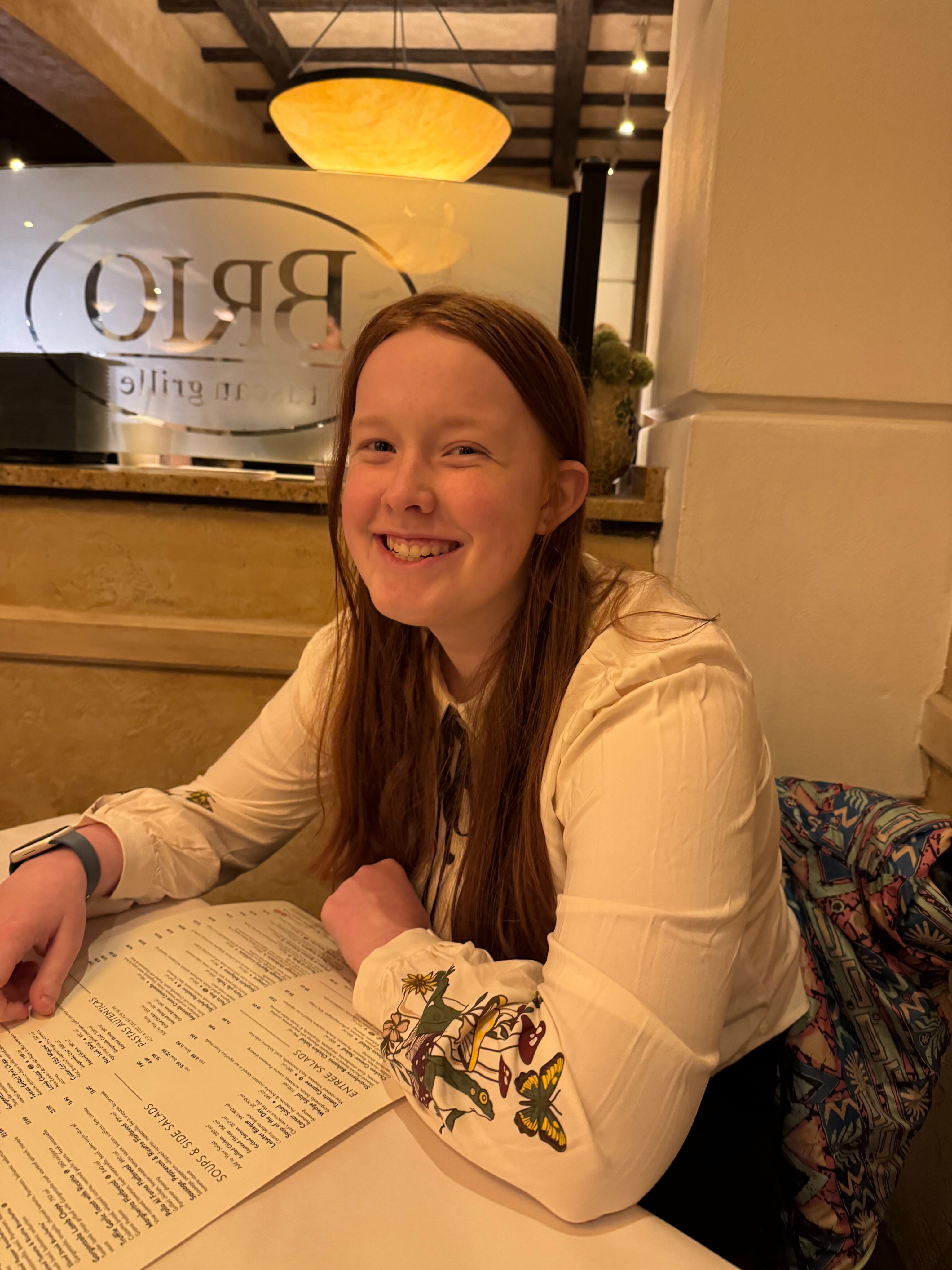
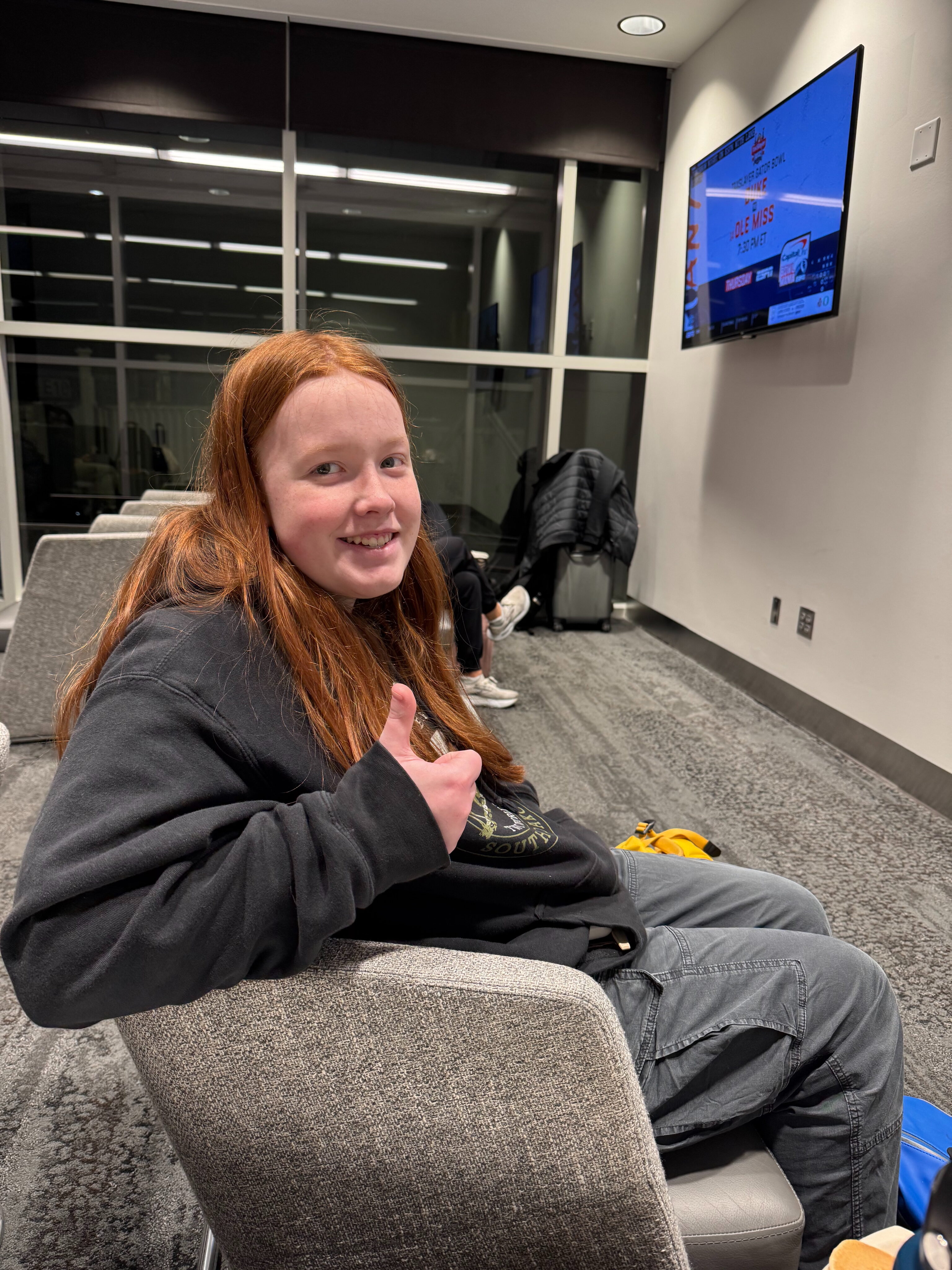
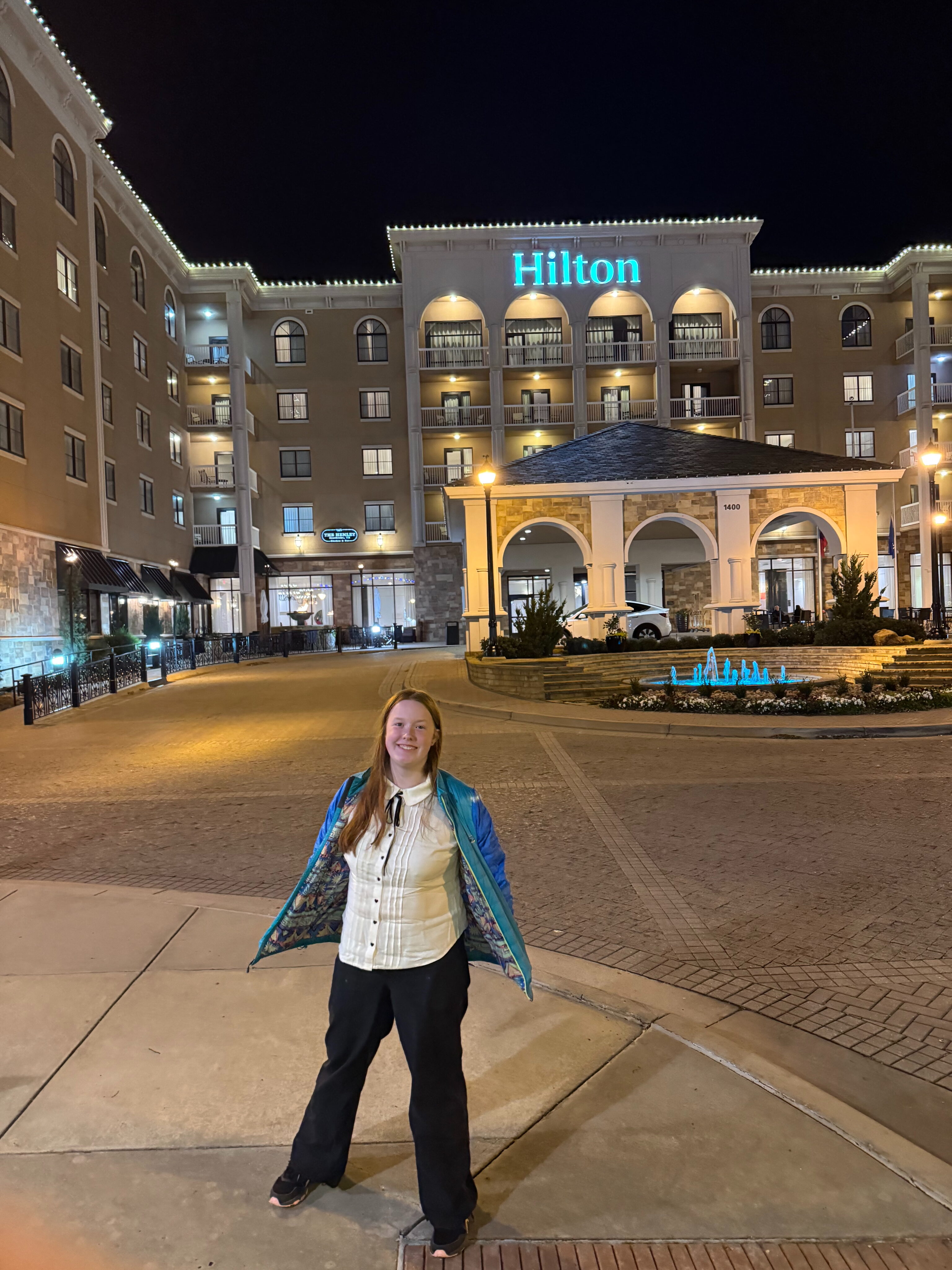
We left Big Bend Early on New Yeas Eve and made the long drive back to Dallas where we spent the afternoon and evening in South Lake. They have a wonderful downtown with a Hilton where we stayed. We went to Brio for our New Years eve dinner. At the crack of dawn the next morning we drove over to DFW and made our way home.
